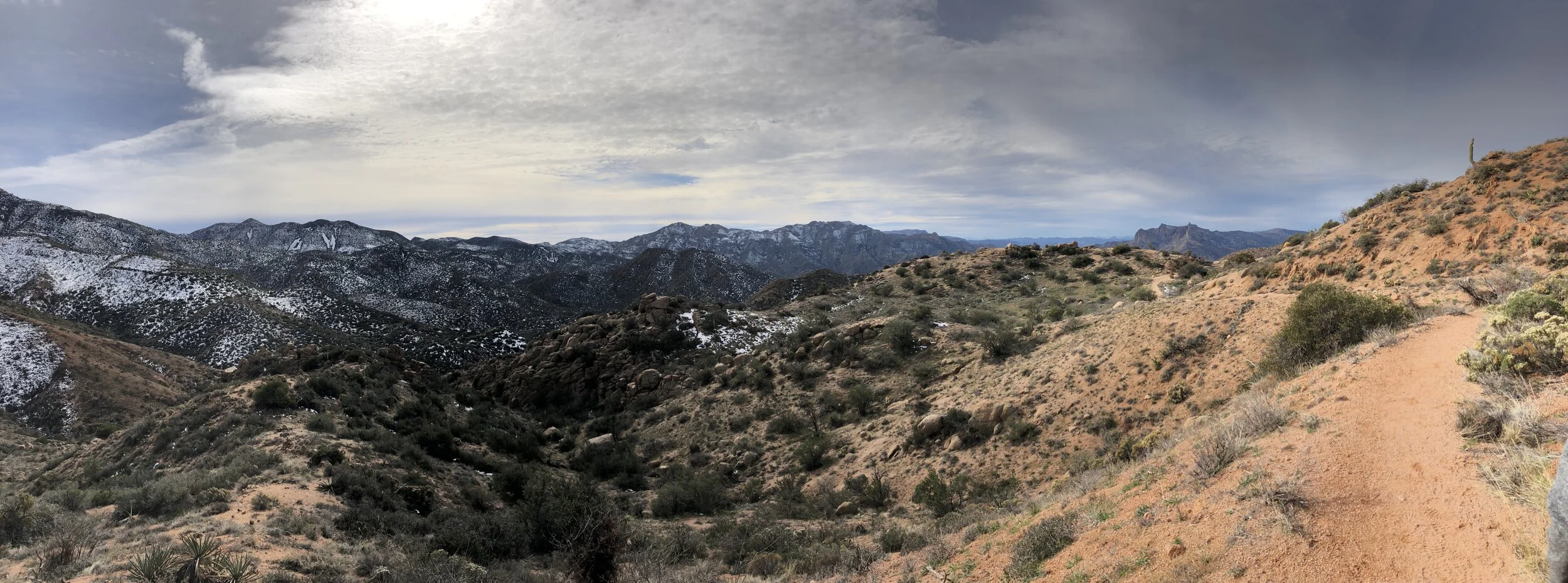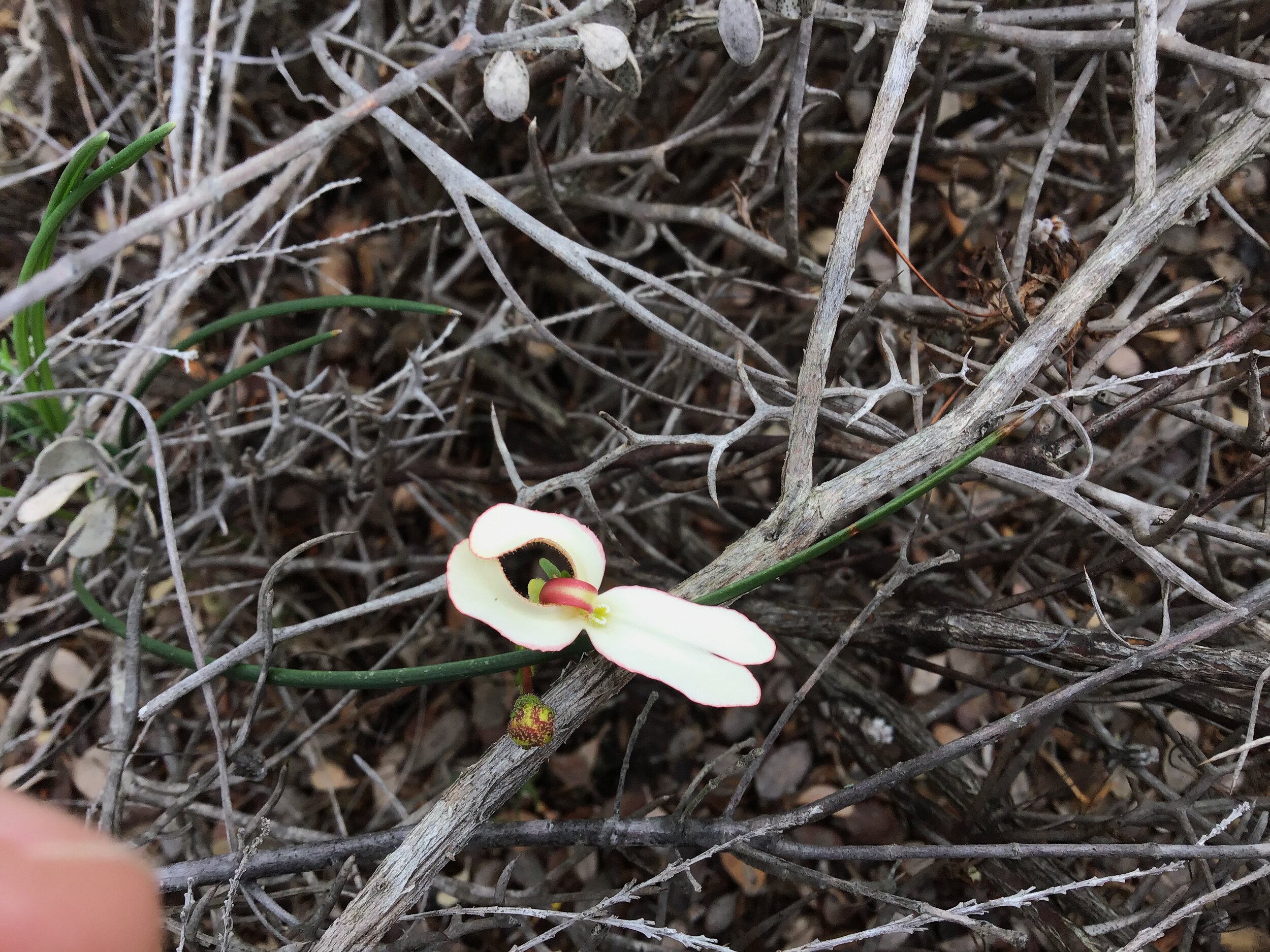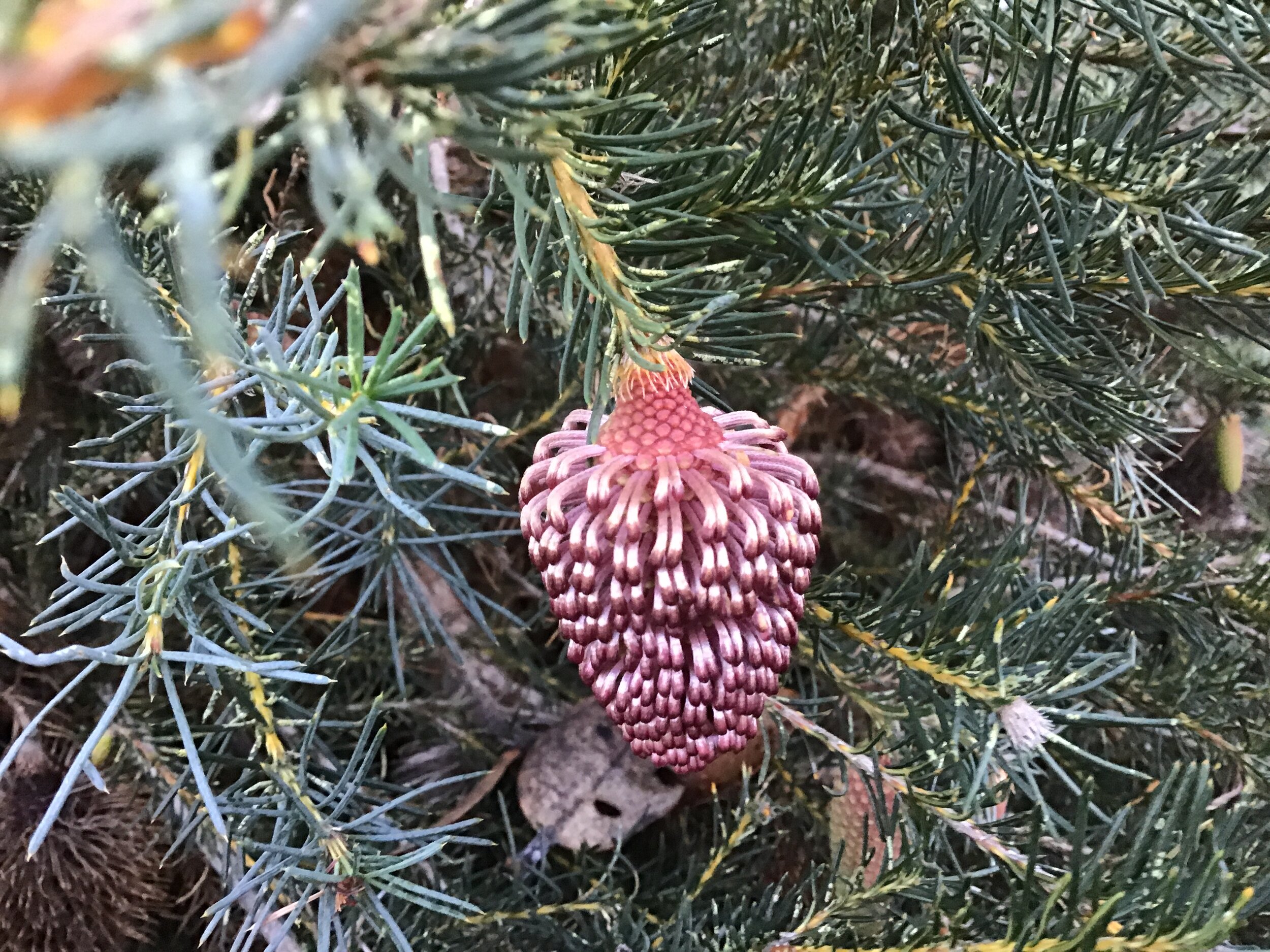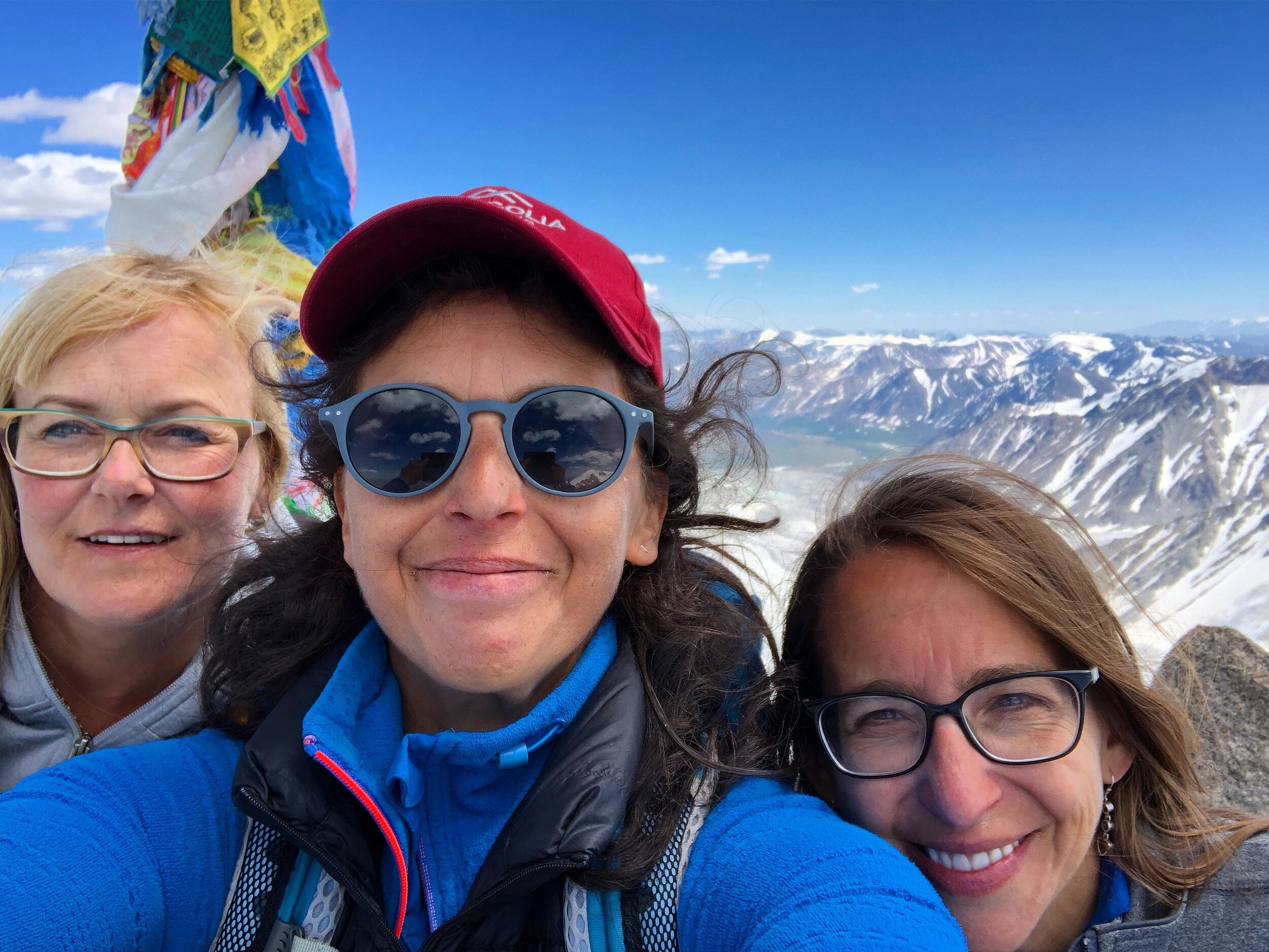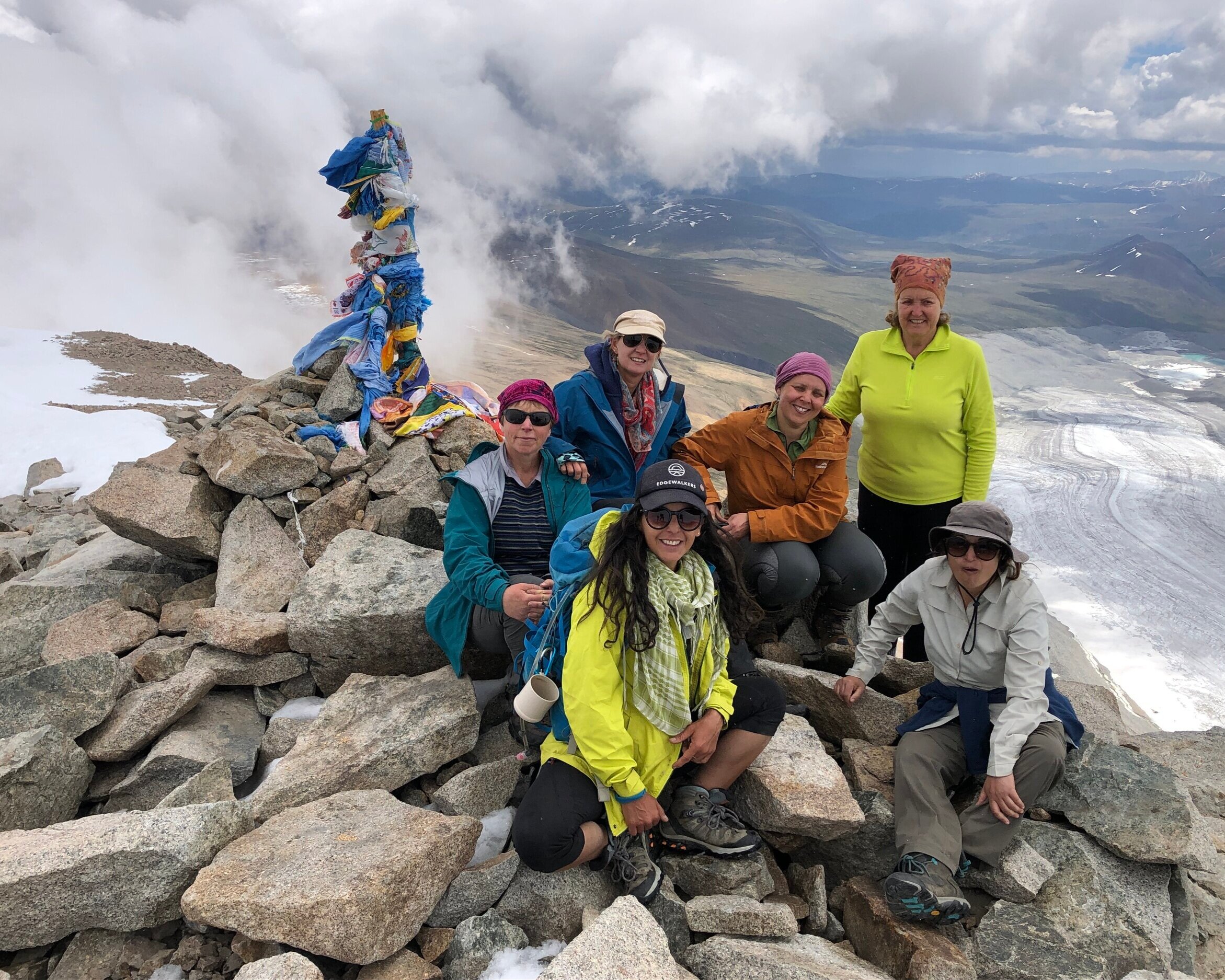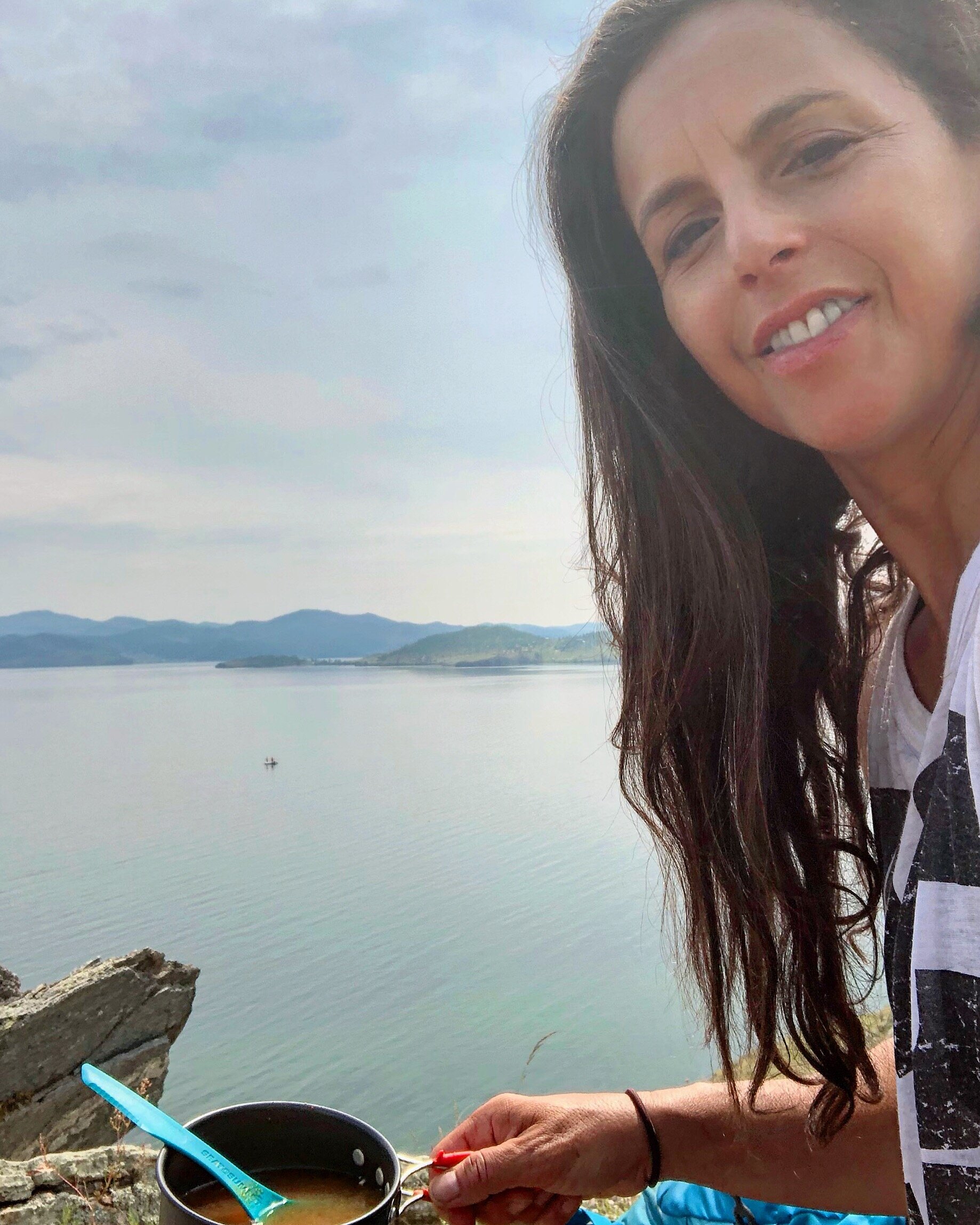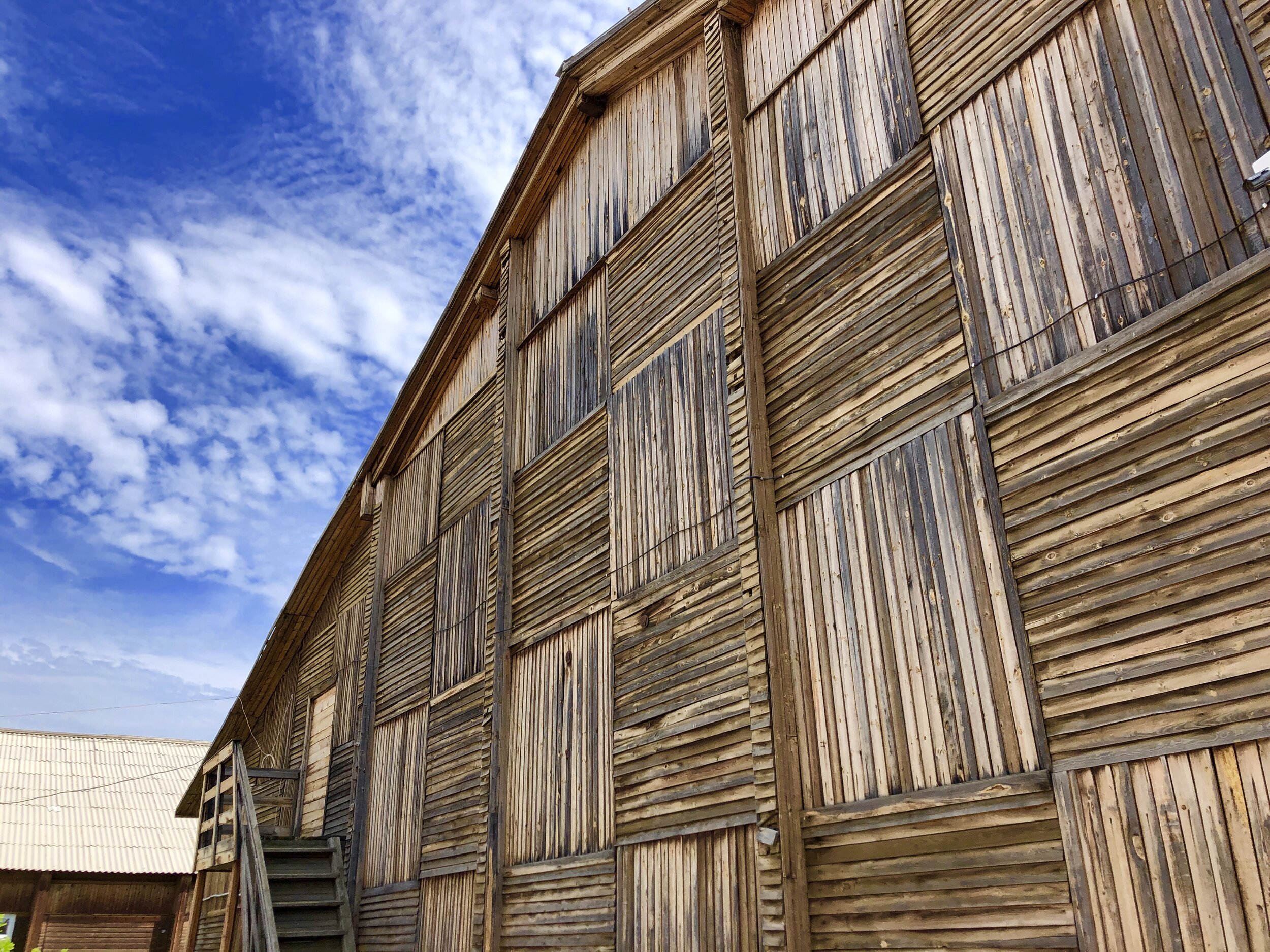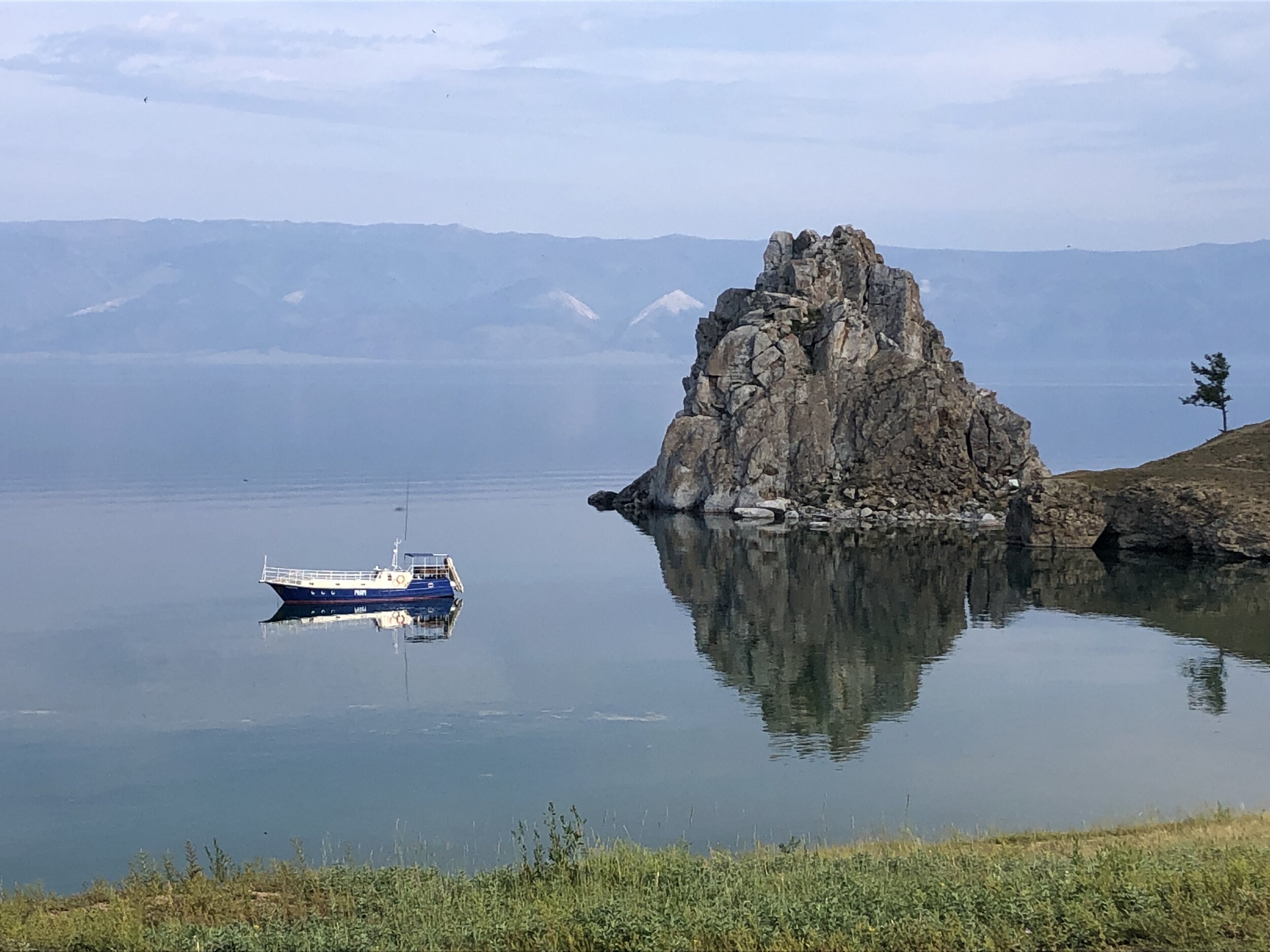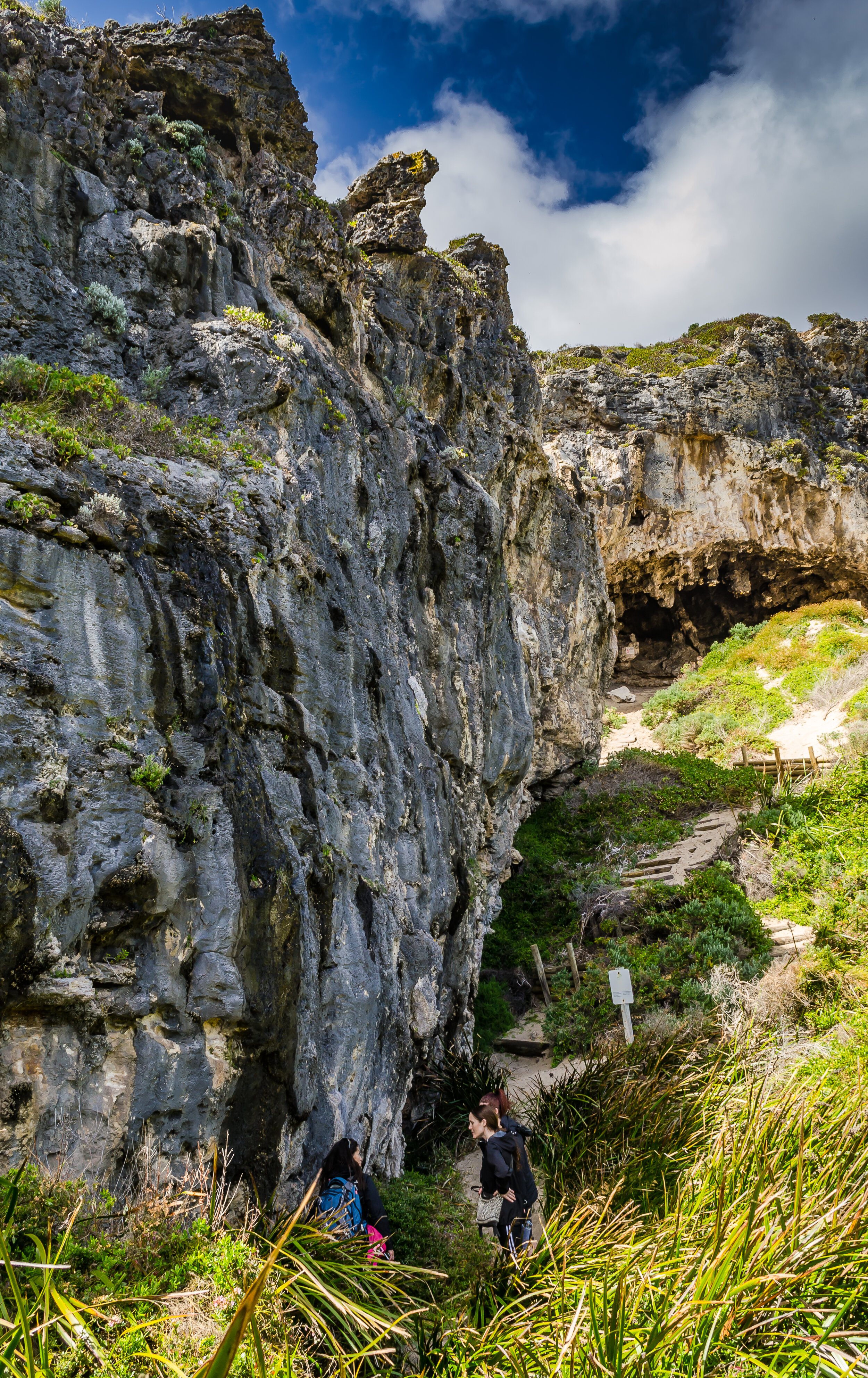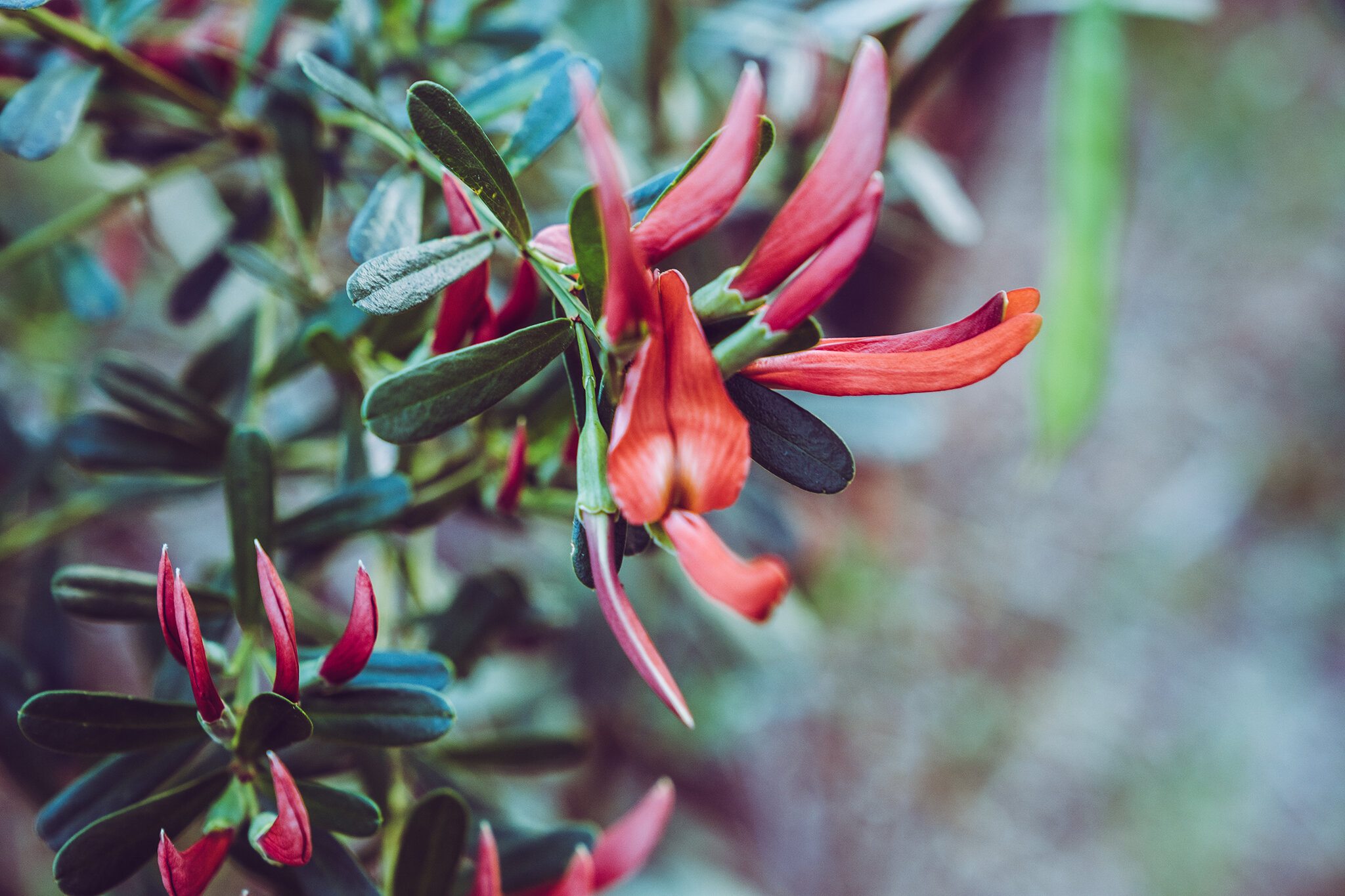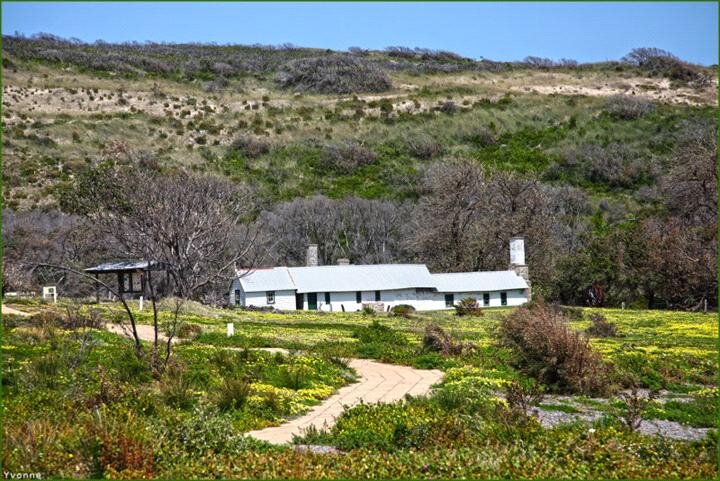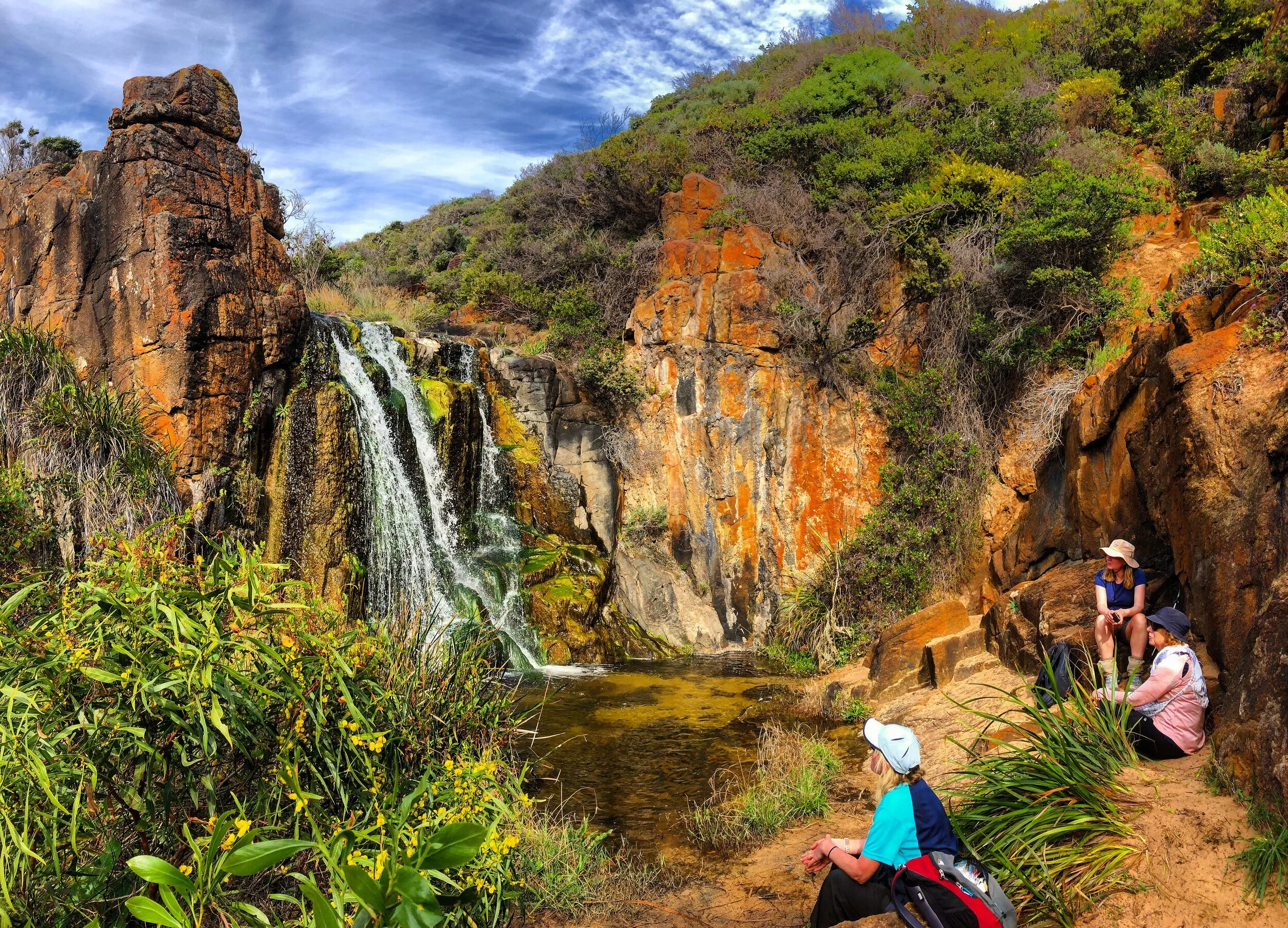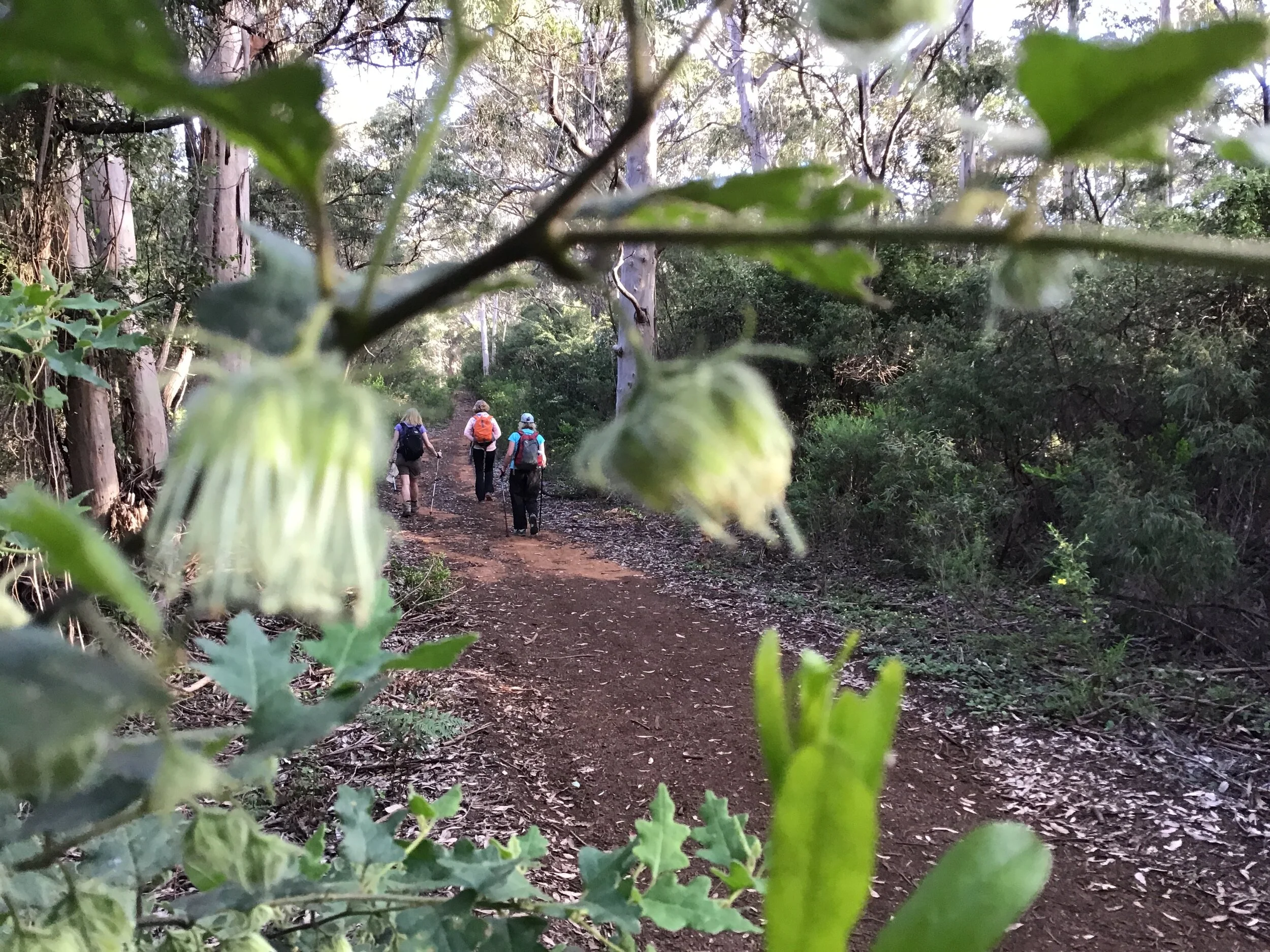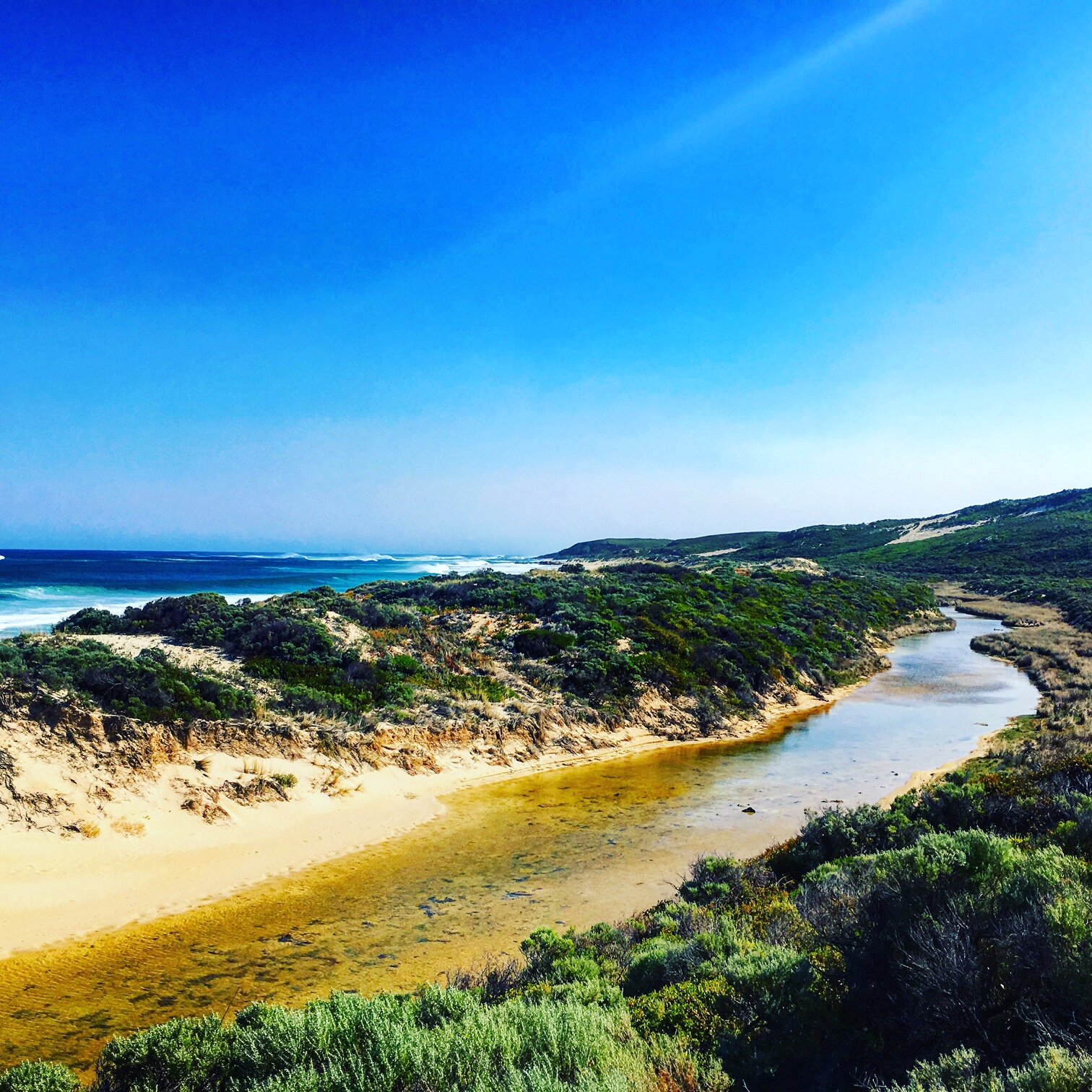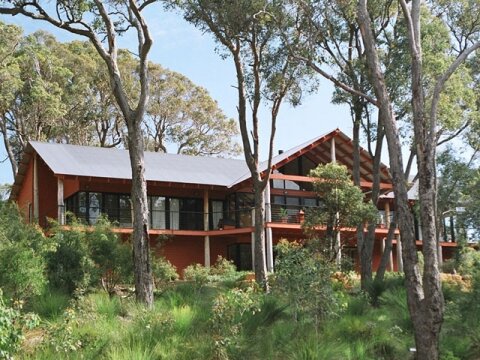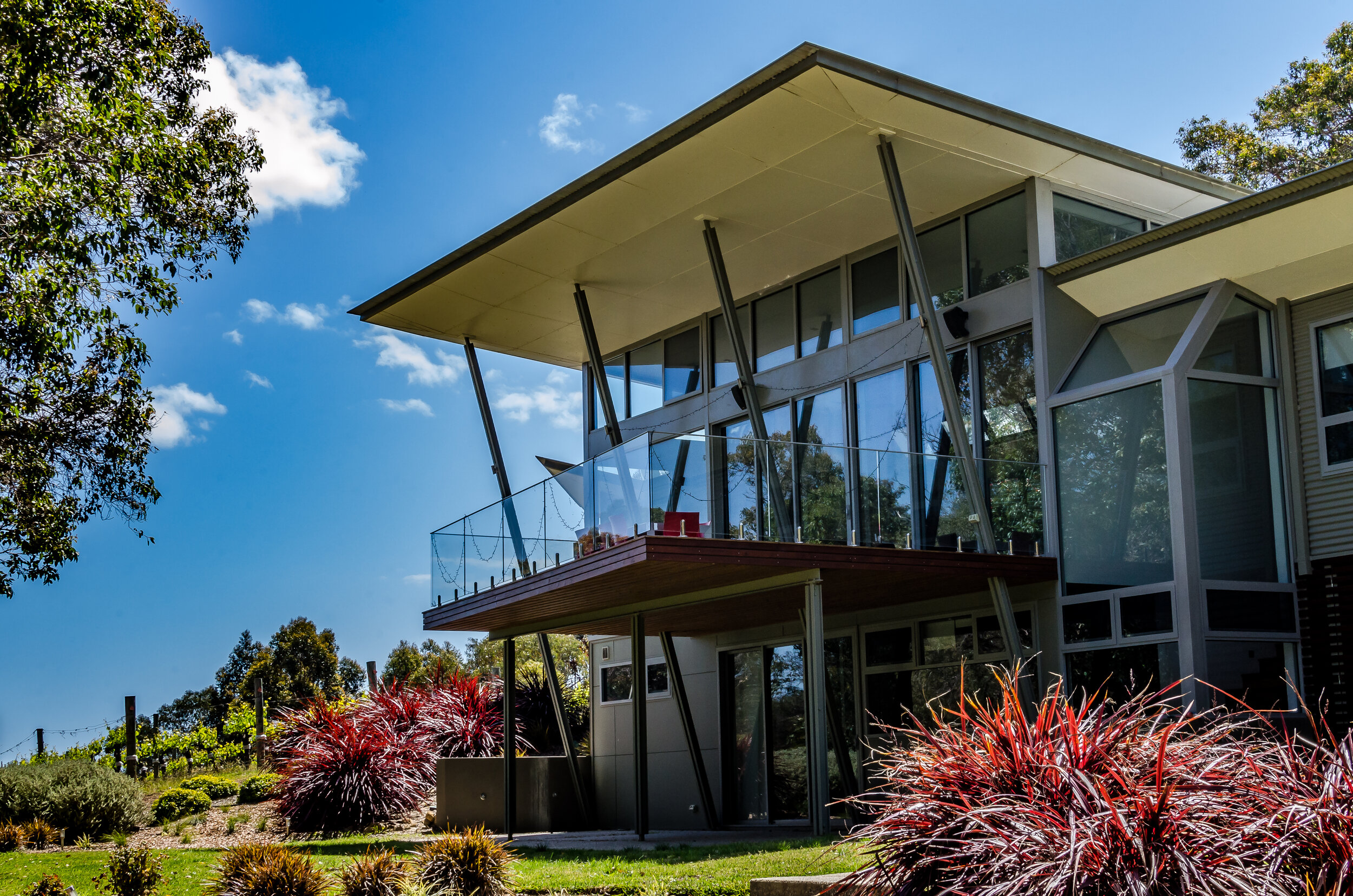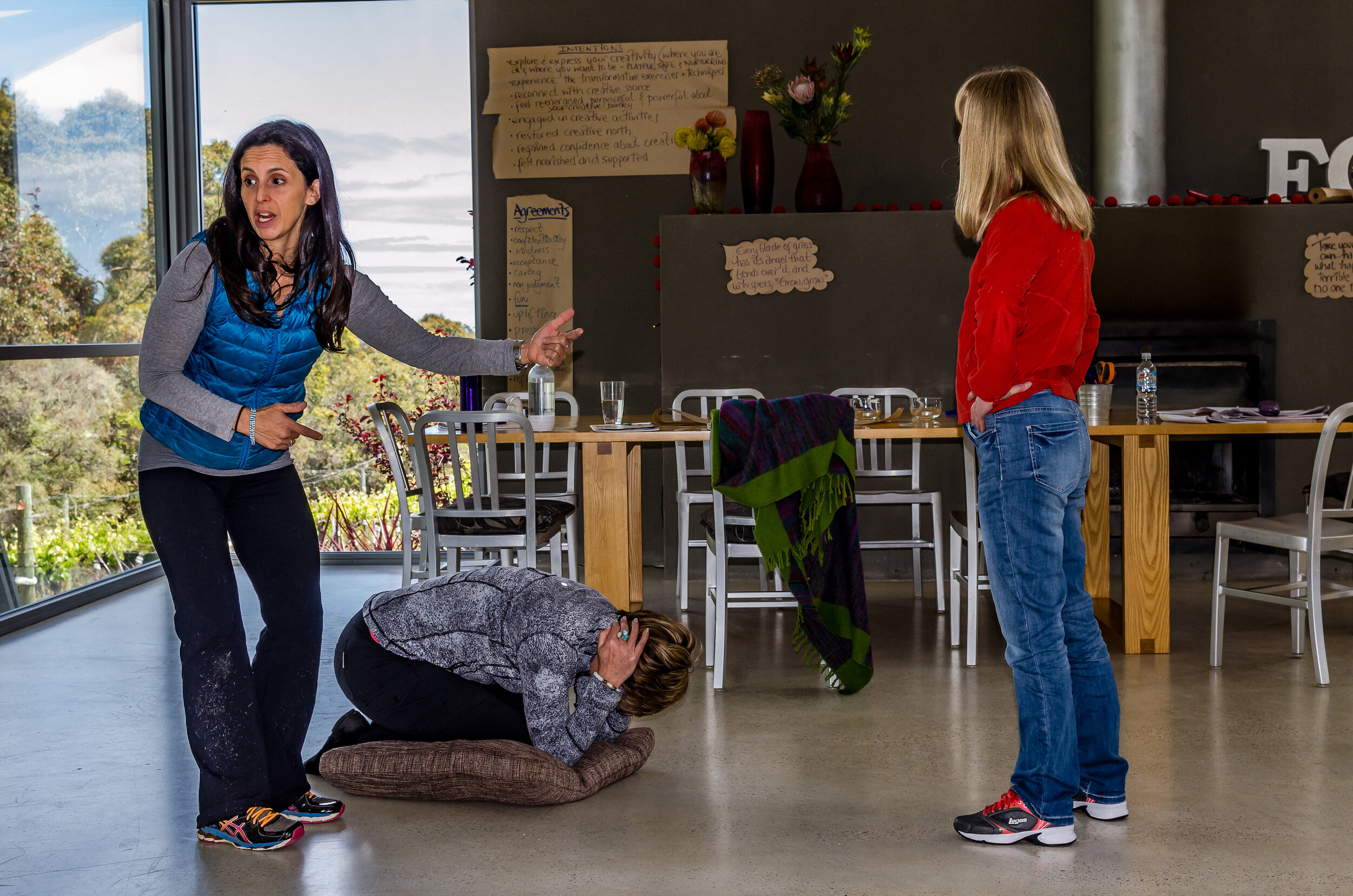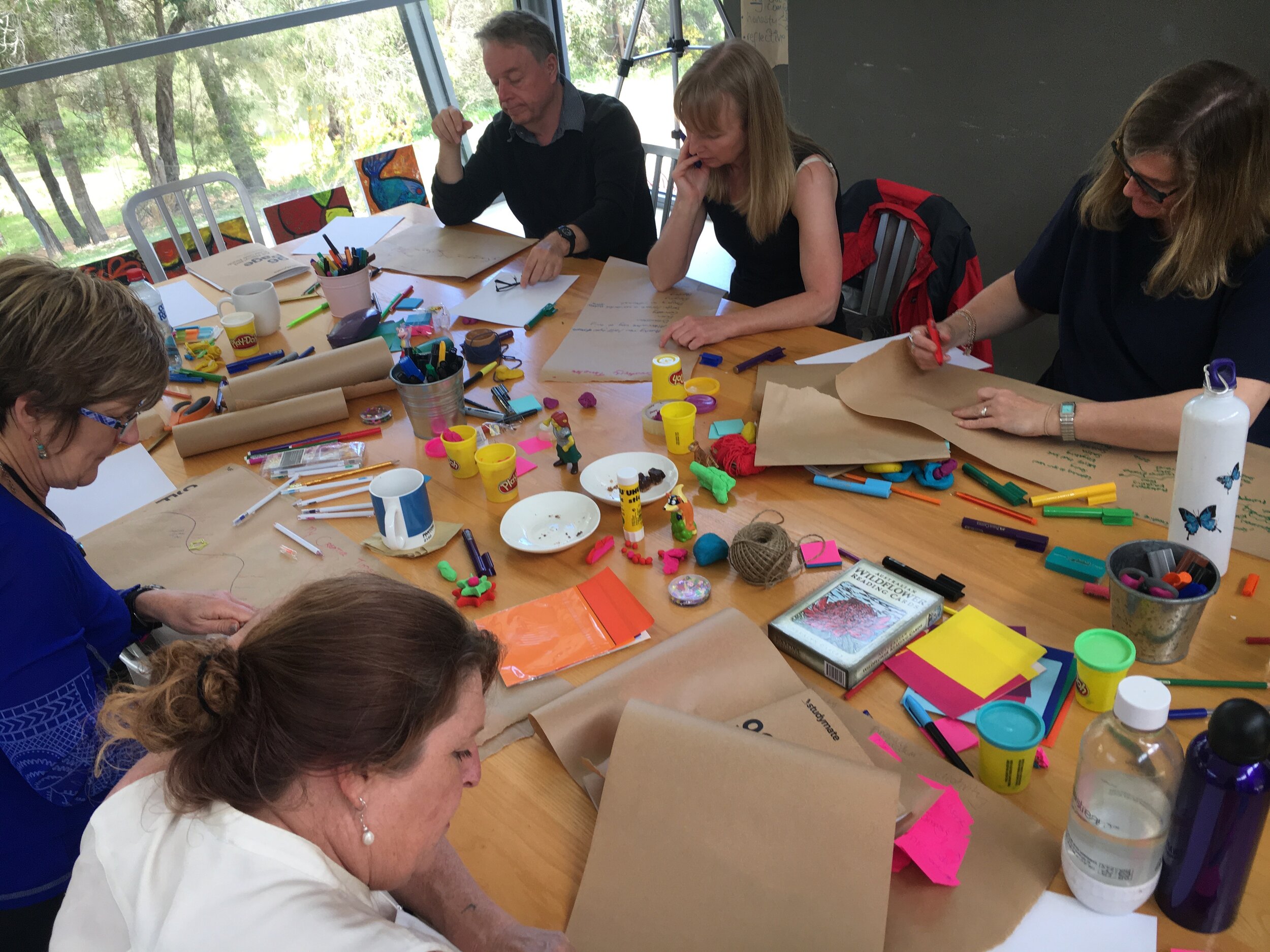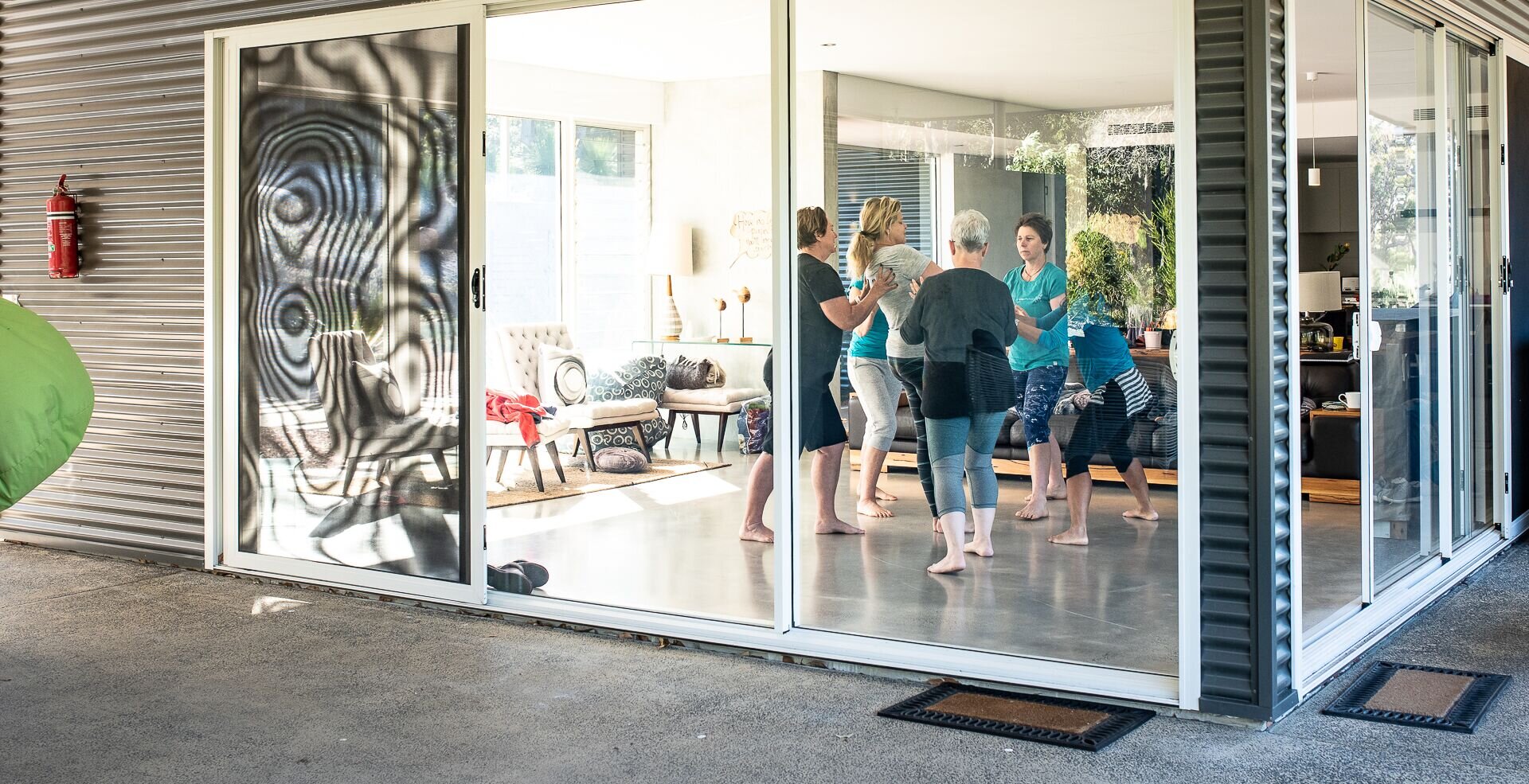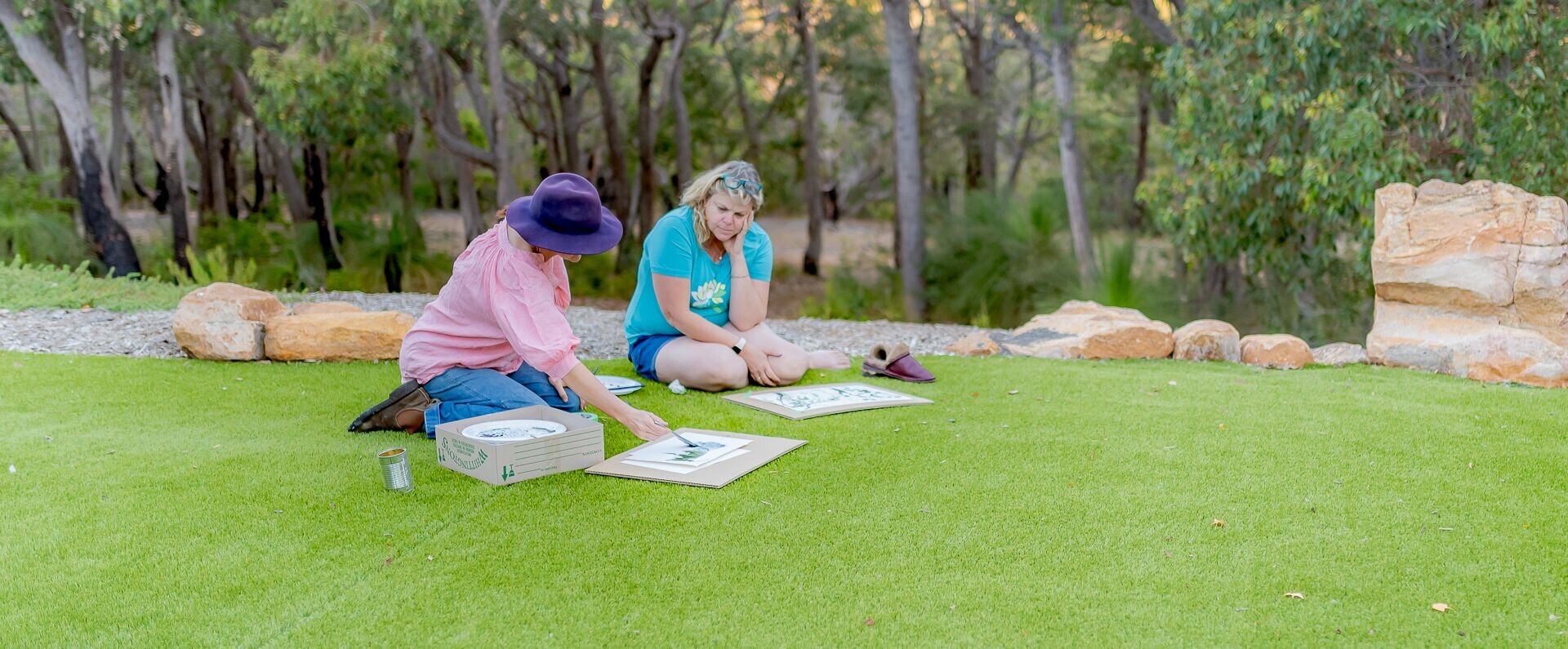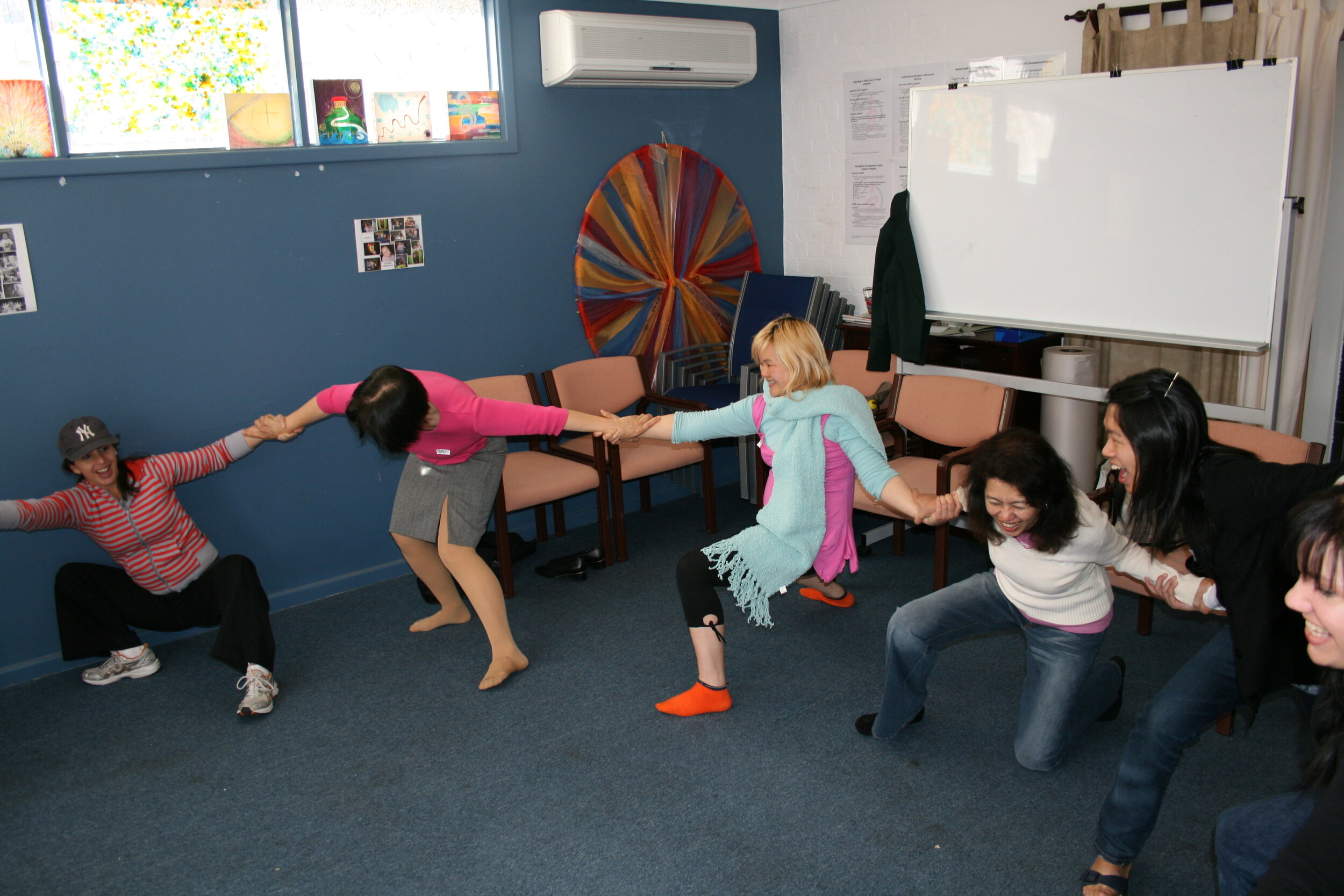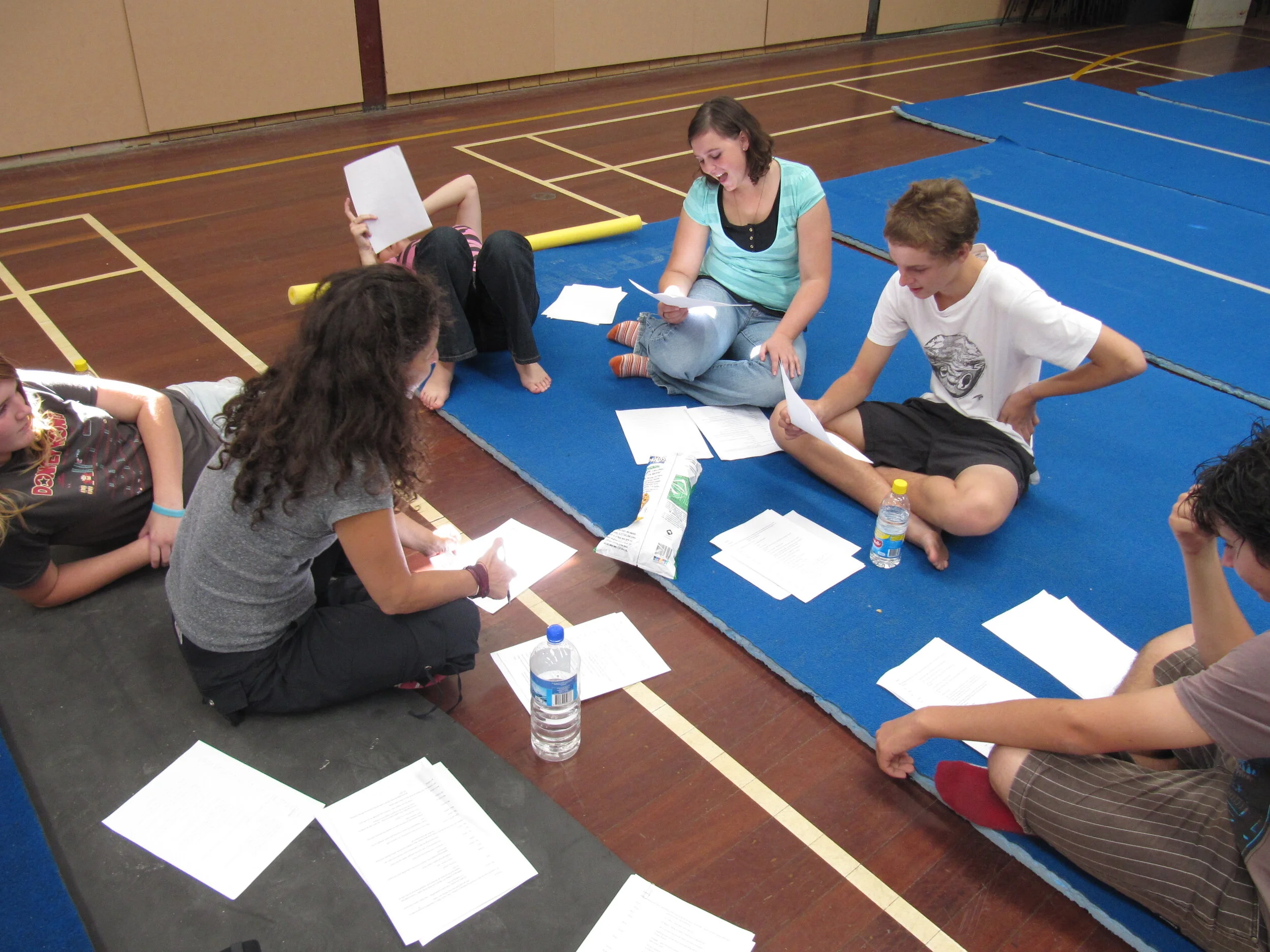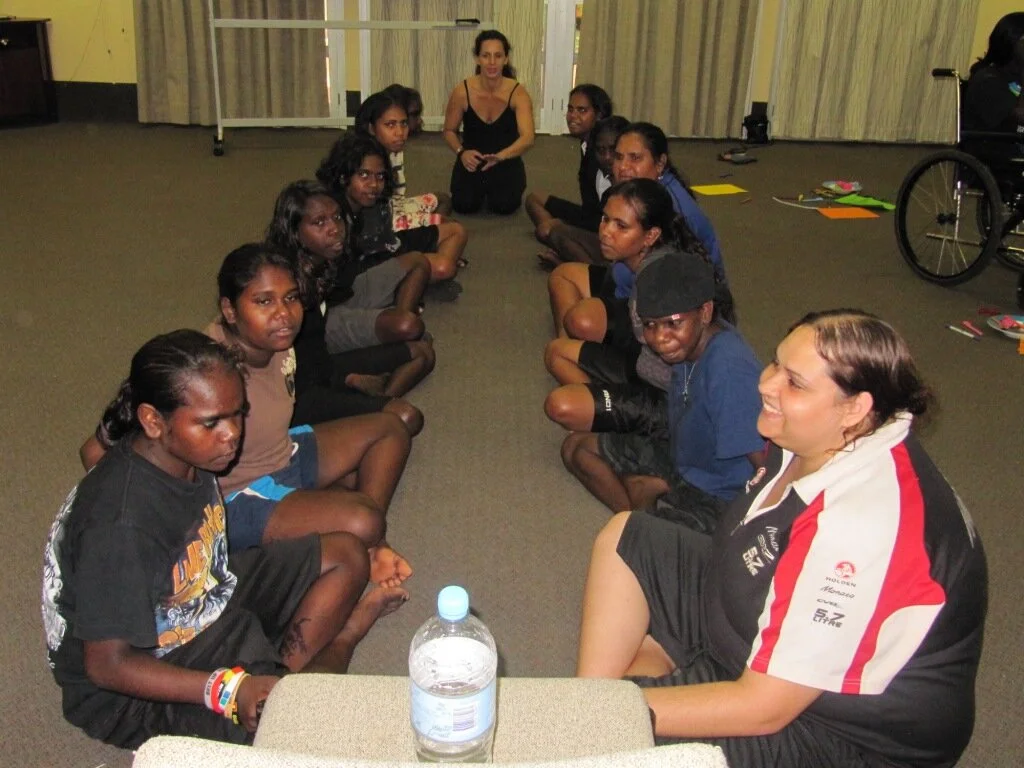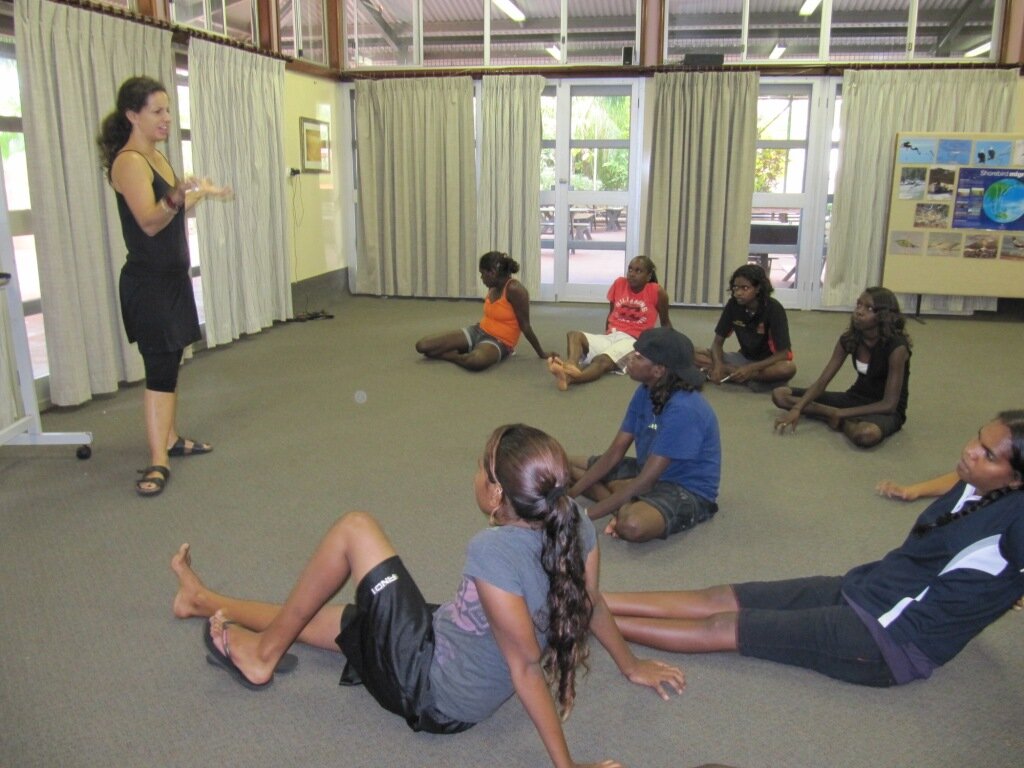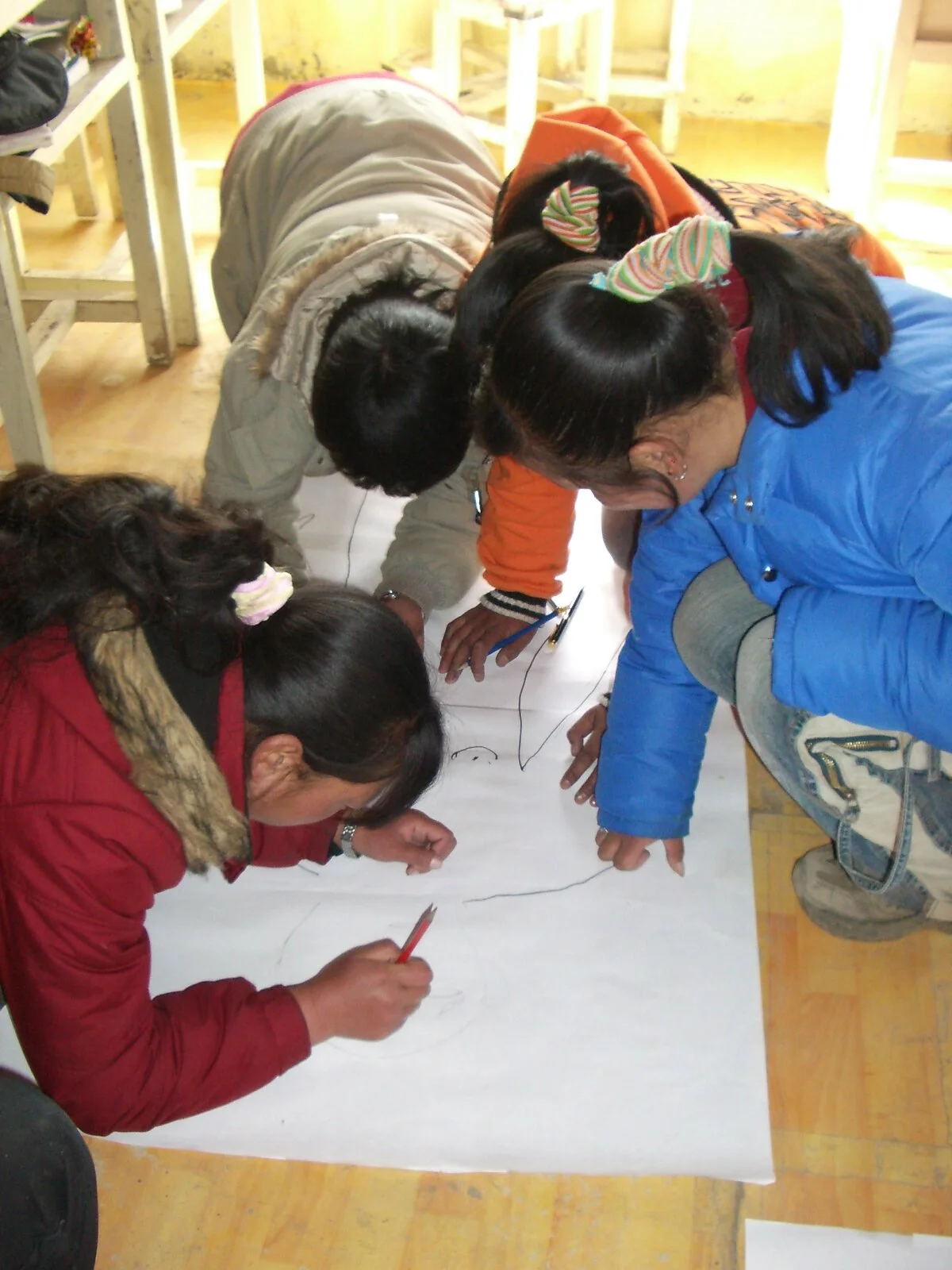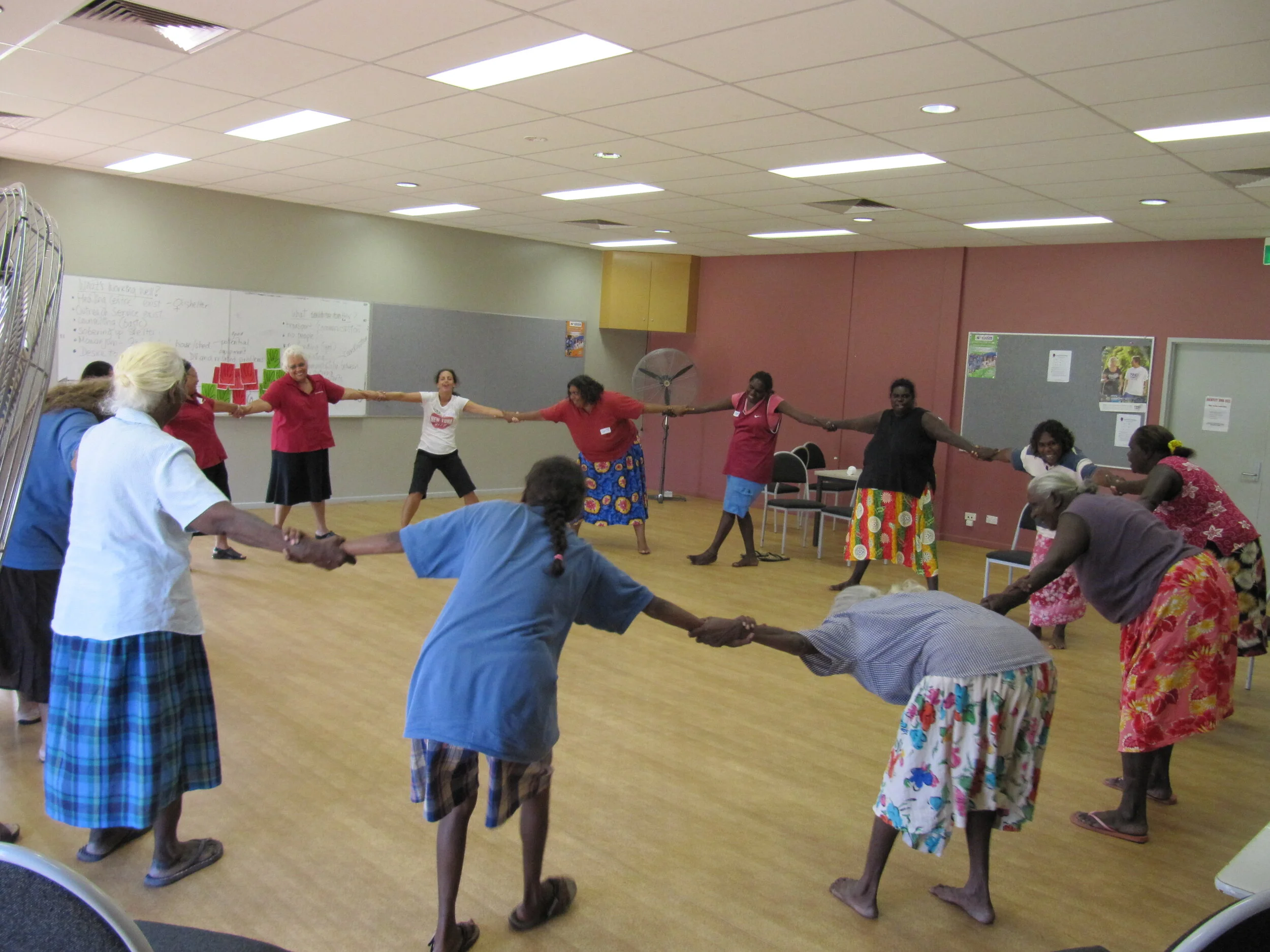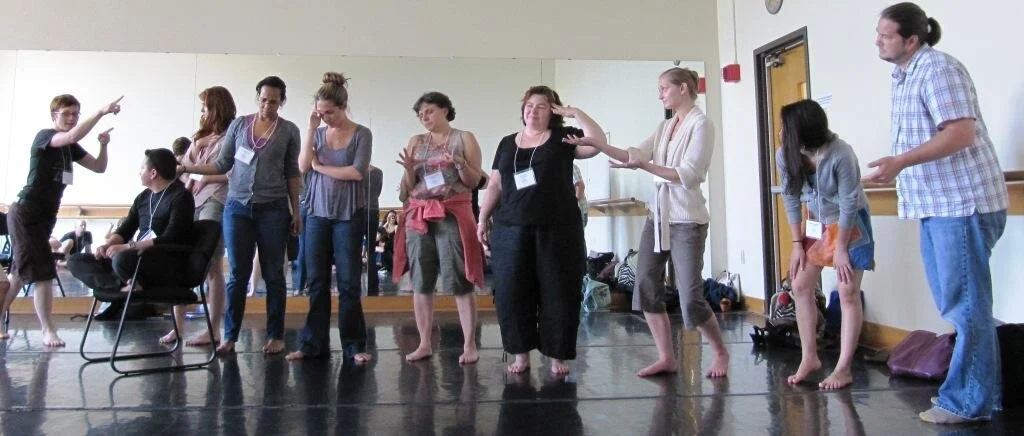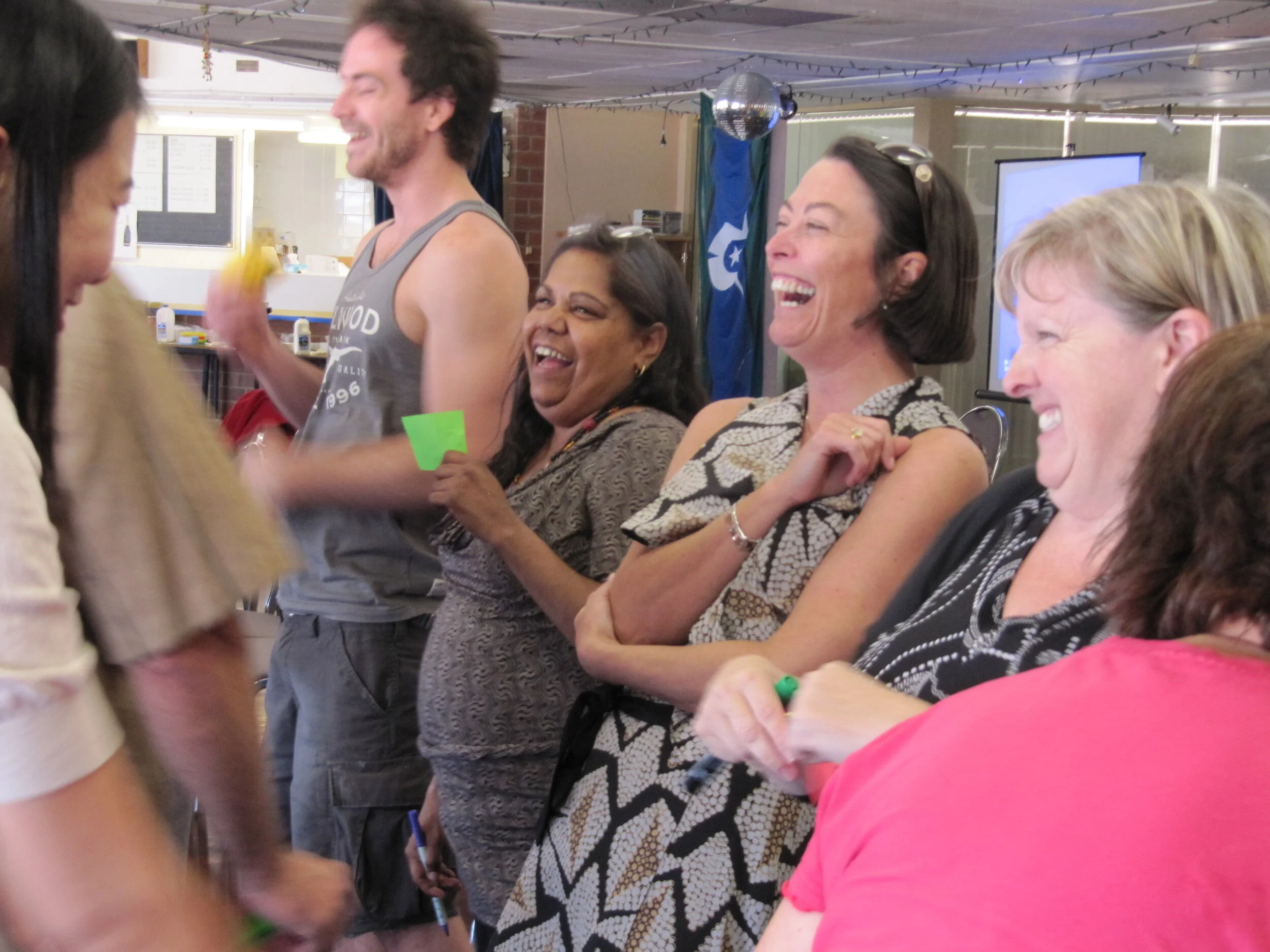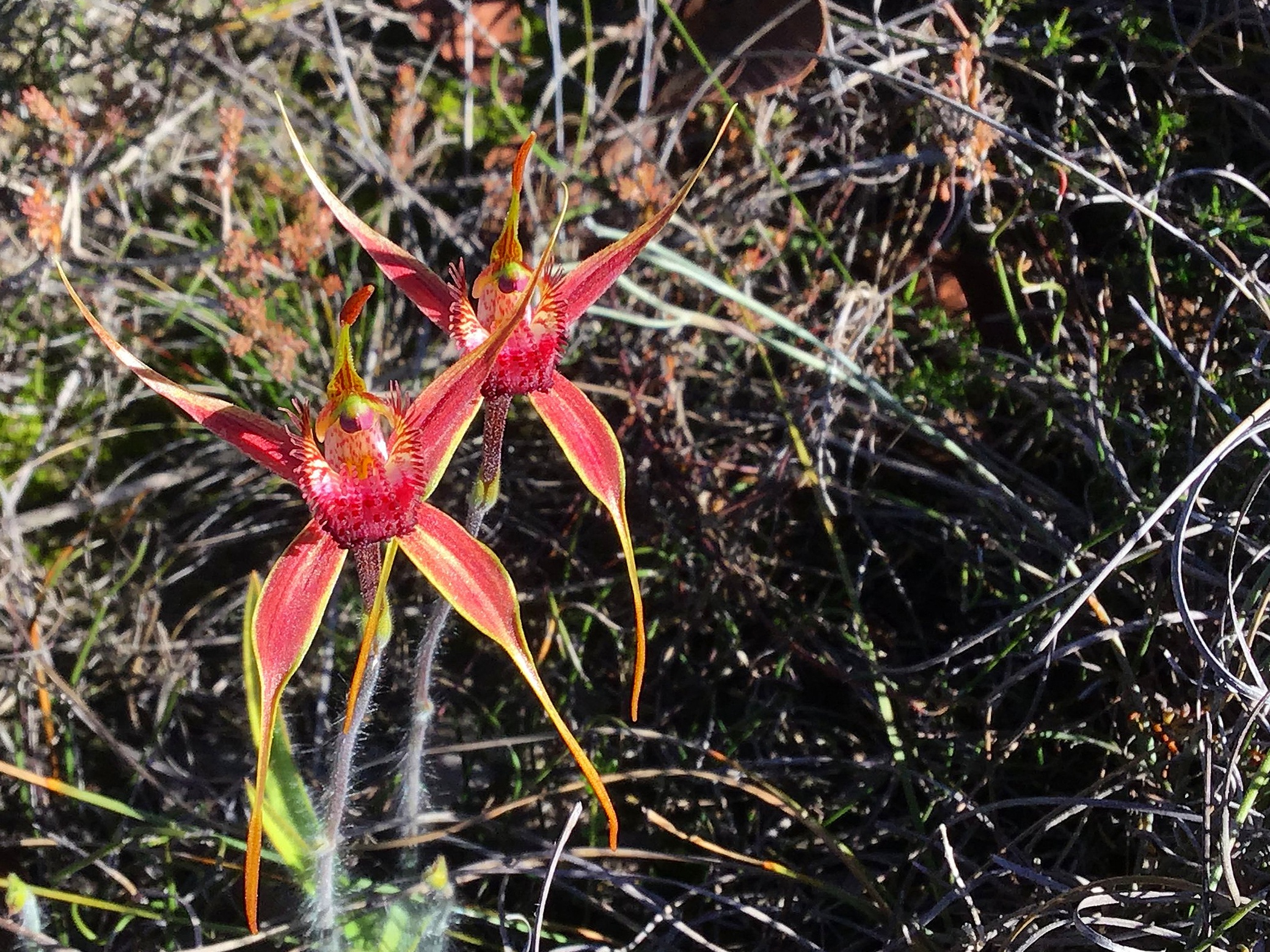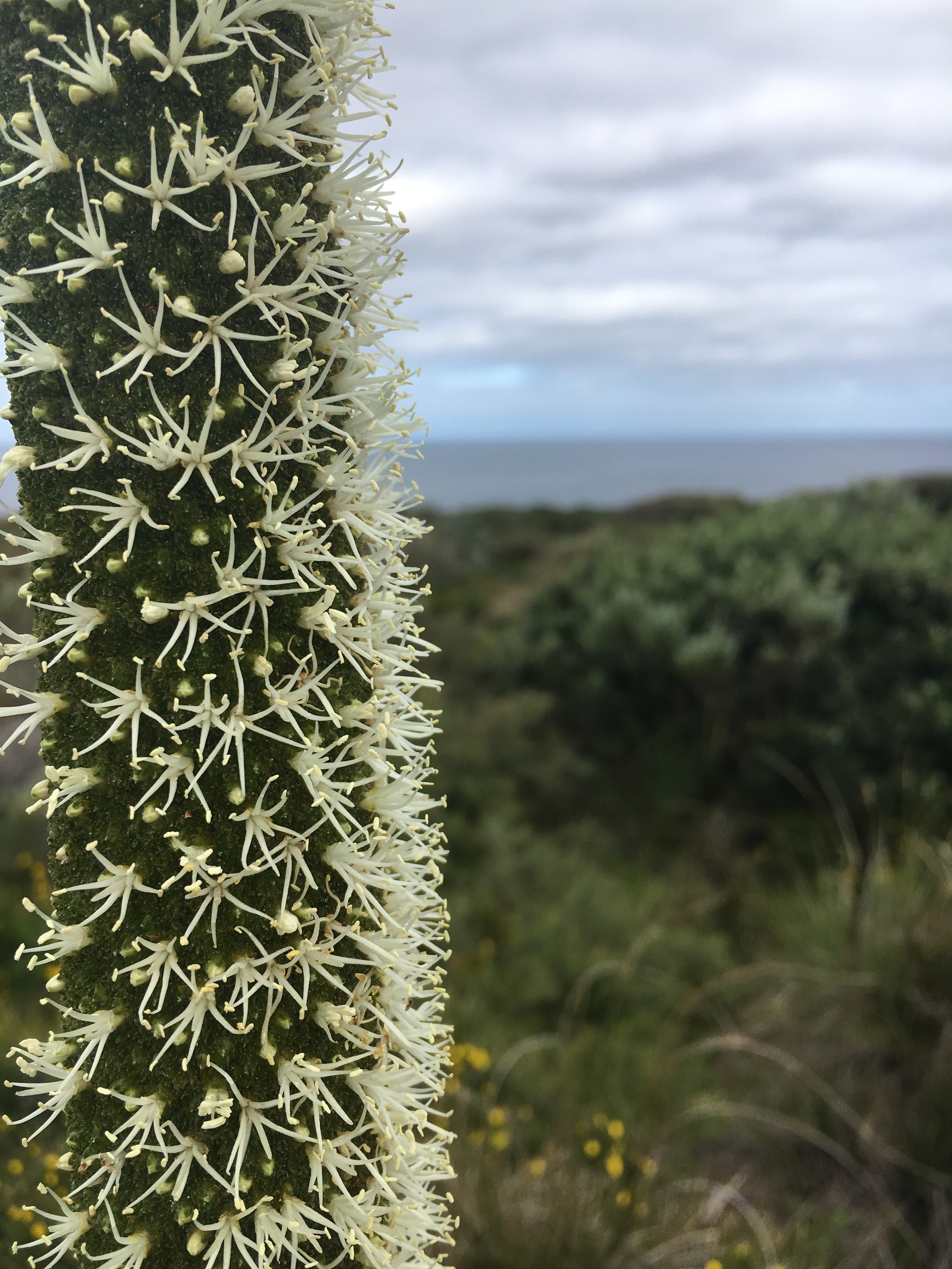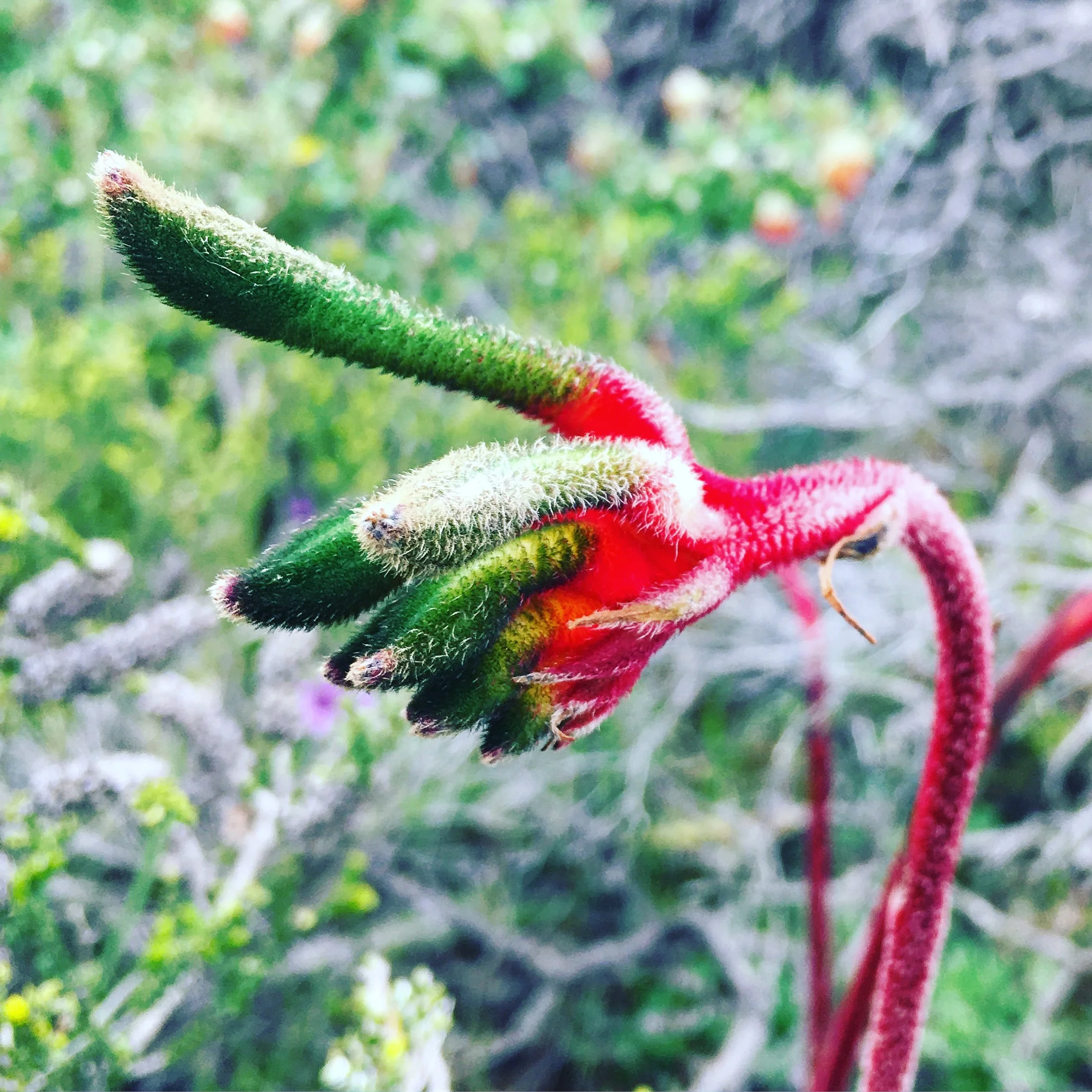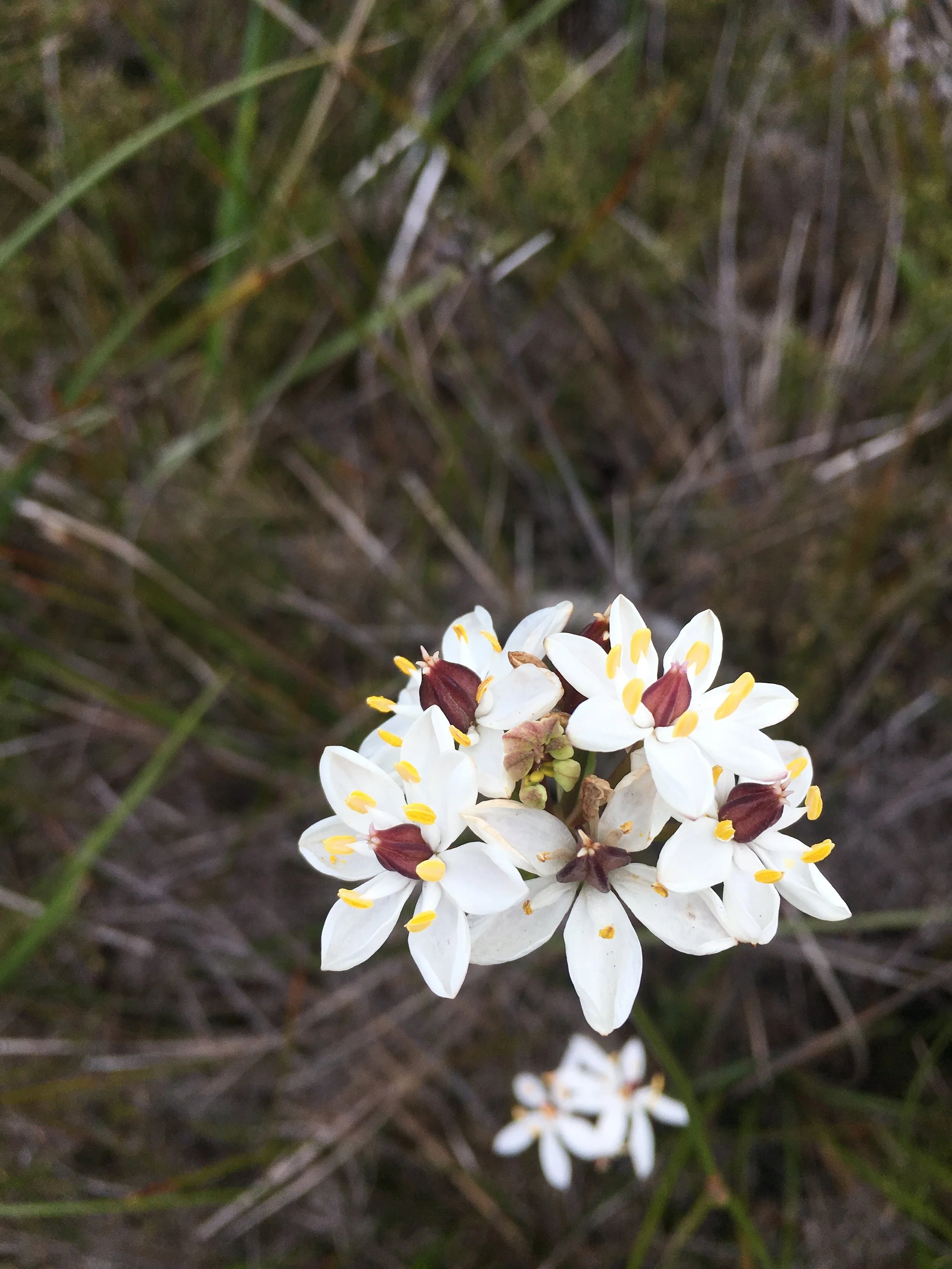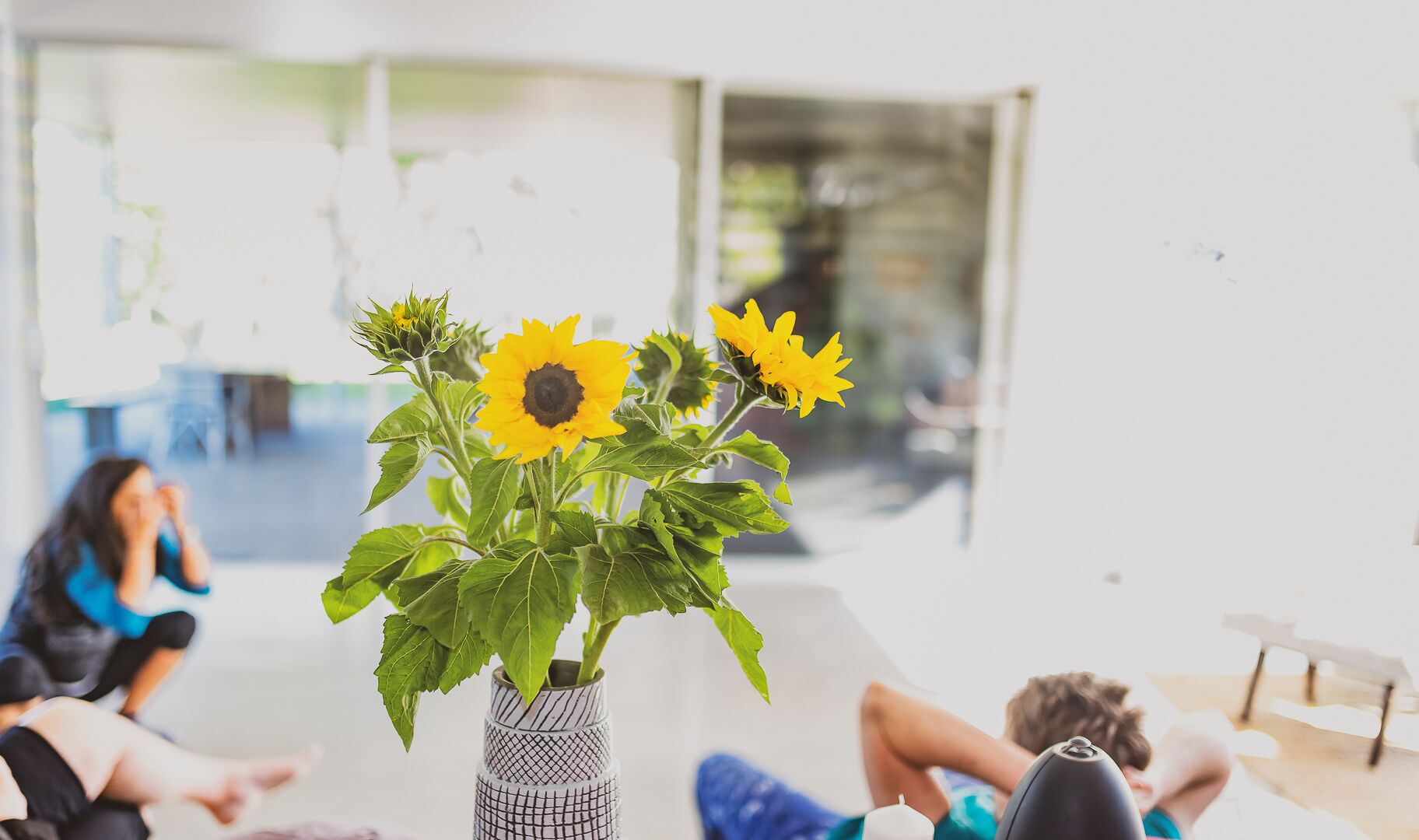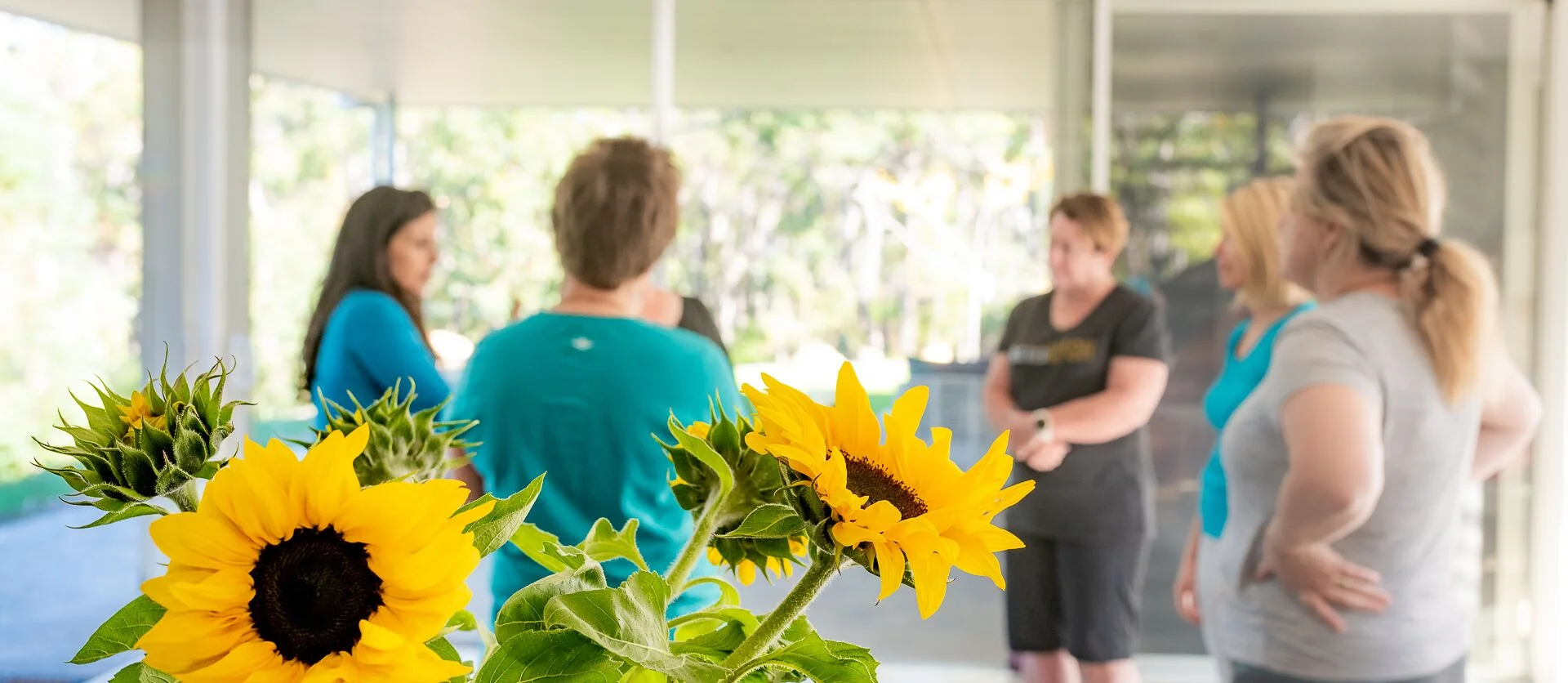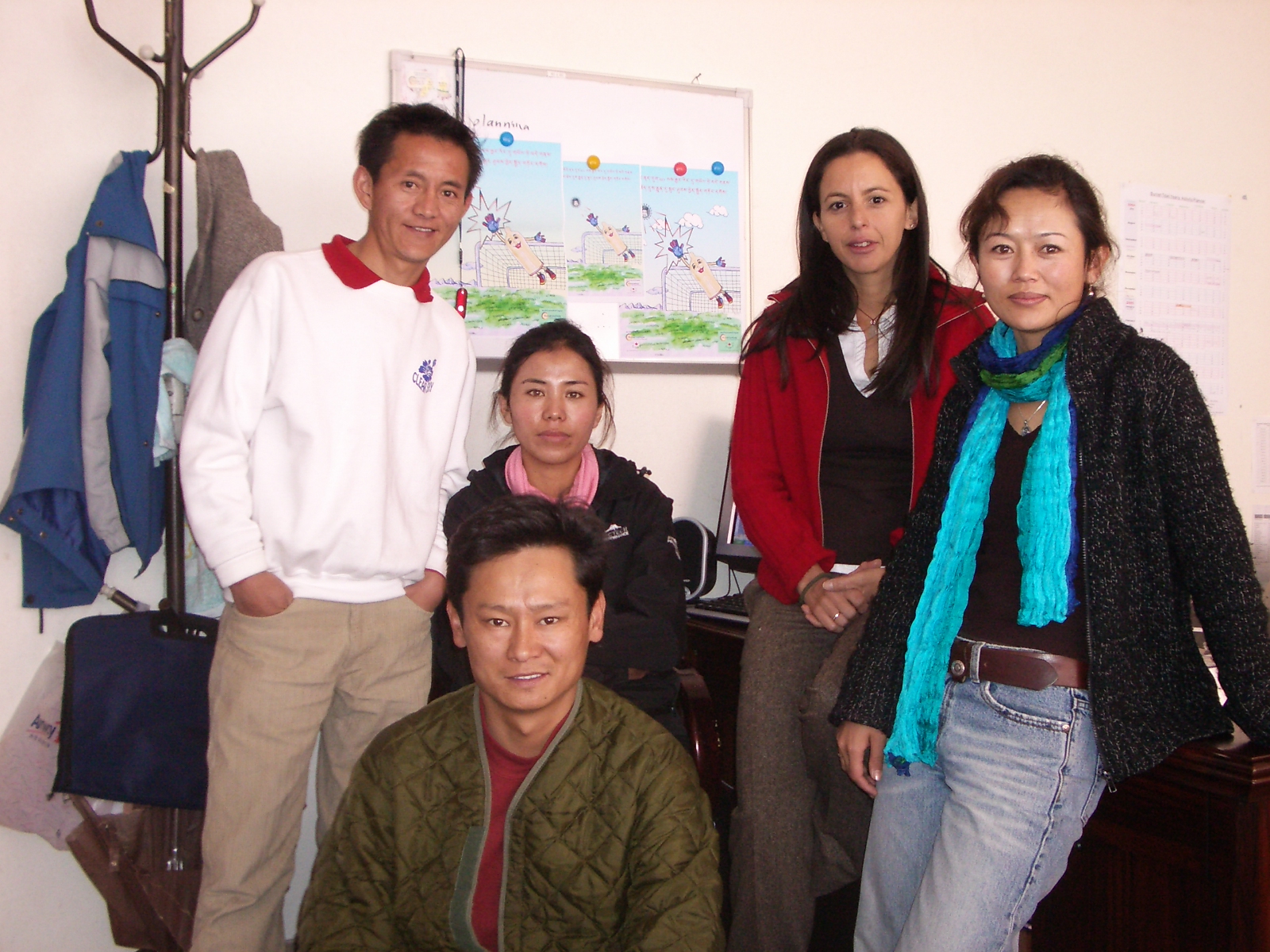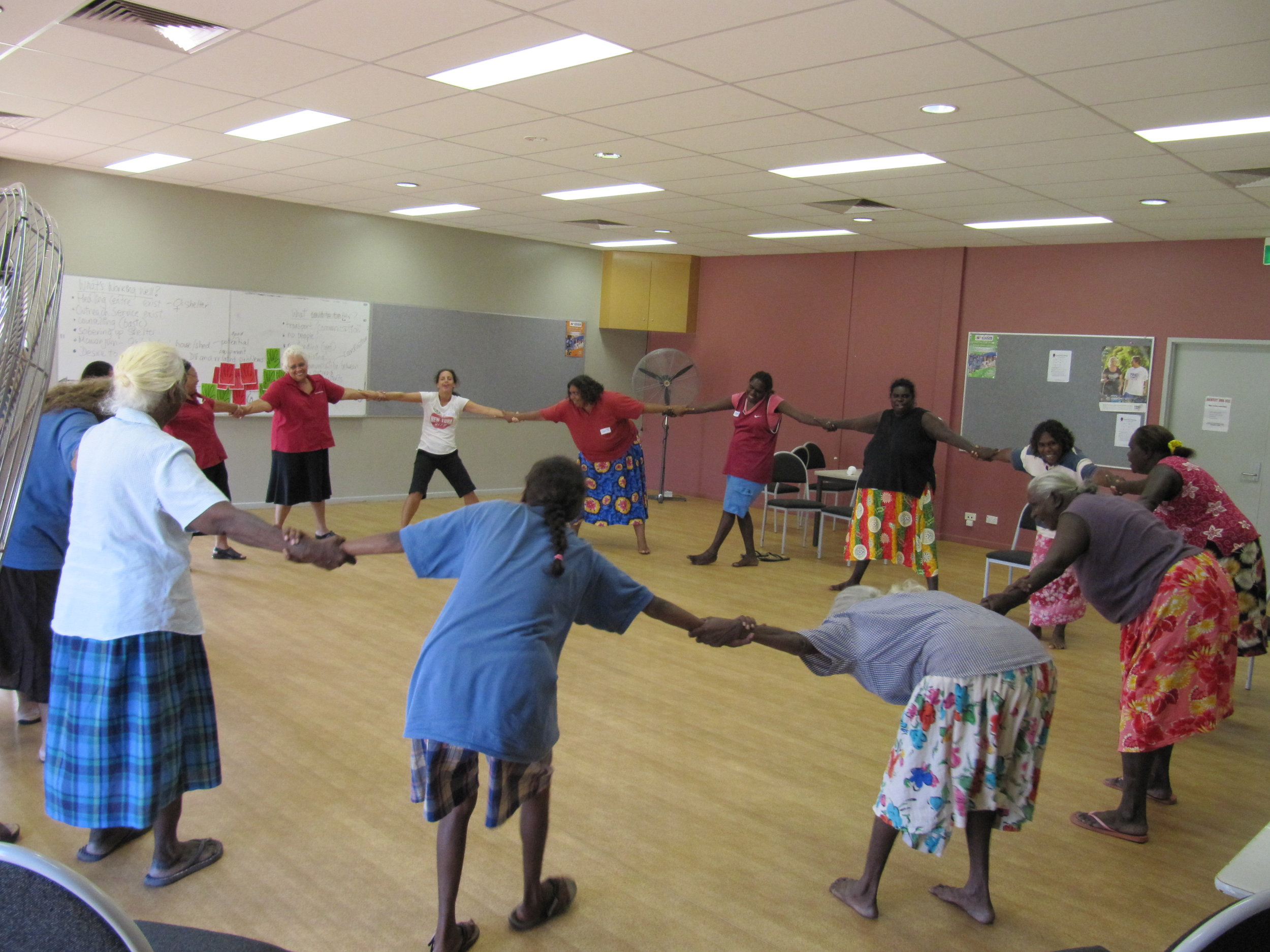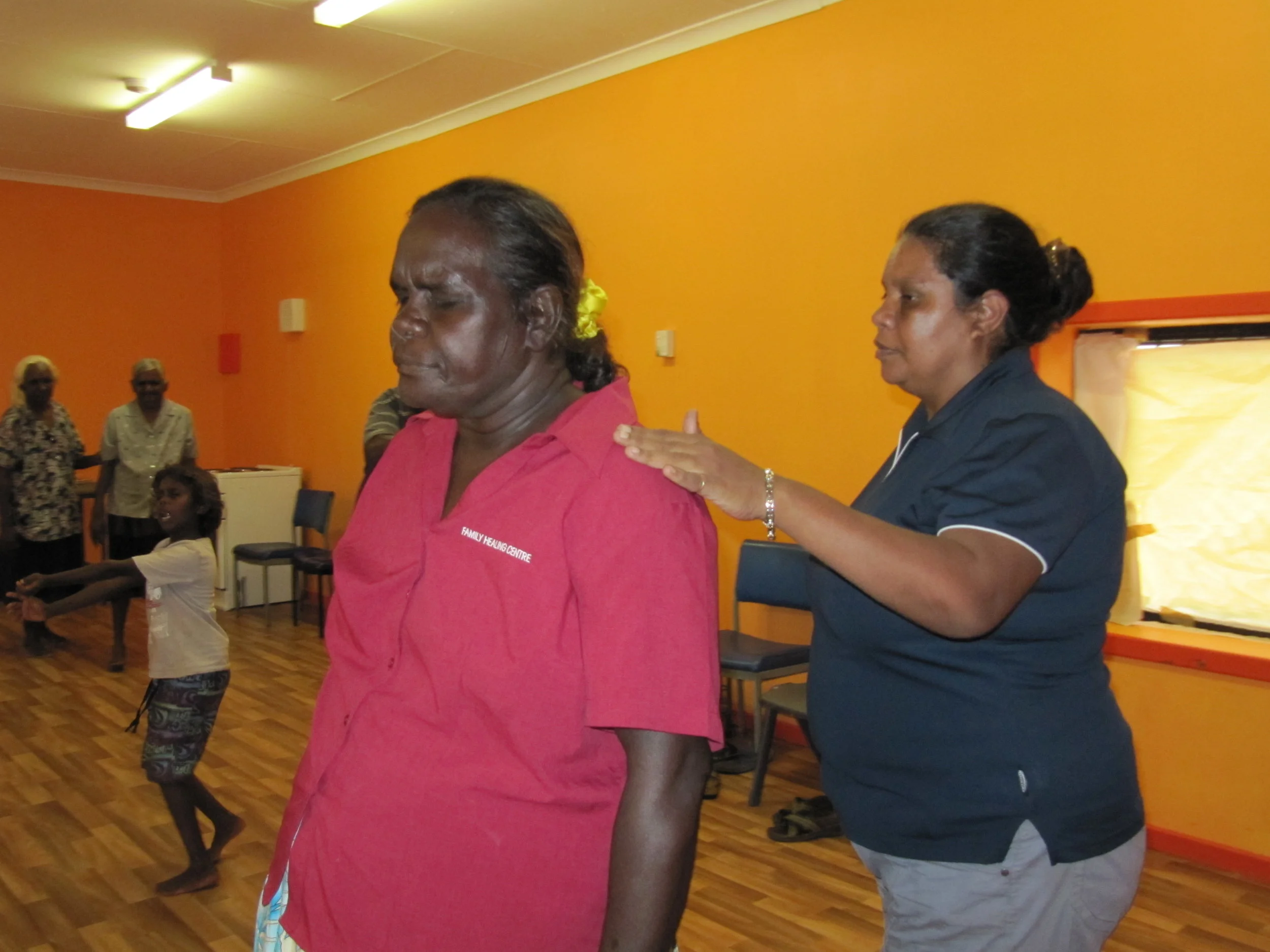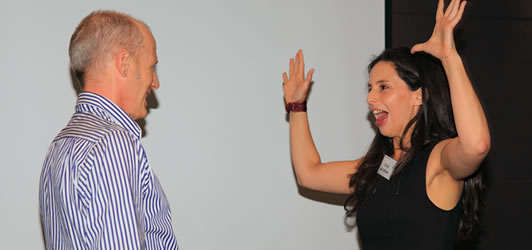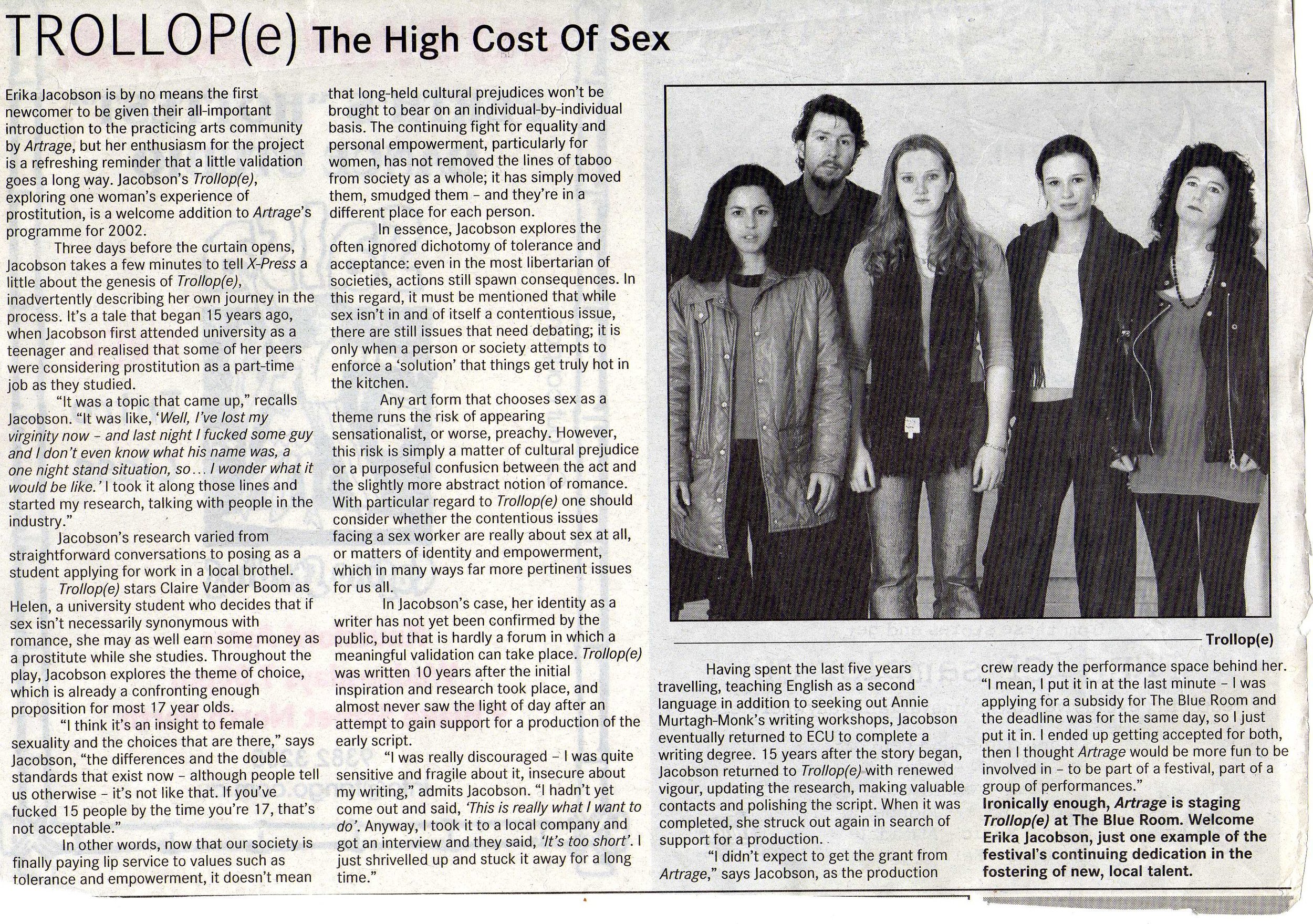With only a few days left of 2019 I have been reflecting and revisiting some of the most significant moments of the year for us at Edgewalkers.
Every year, since our first retreat in April 2016, has been a wonderful journey for me at Edgewalkers and this year’s contribution to that experience has been huge. I feel specially proud of what we managed to deliver in 2019 and I love that slowly & organically, at Edgewalkers we are delivering quality & powerful retreat products, as well as becoming one of WA’s more intimate & boutique walking tour companies.
Our reliable & consistent offerings have received excellent reviews and stand as a testament that when you follow your heart (and work your little butt off) you can really find yourself in the right place at the right time. I am also very aware that many kind, talented and generous people have been major contributors to the success that we are enjoying and they are worth celebrating - read about these special humans here.
So 2019 has been a HUGE year on every level, but there were some moments that have really stood out for me personally. Here they are:
1. New Year’s Day 2019
The very first day of 2019 remains a top highlight of the year for me. Not only witnessing the Grand Canyon covered by a magical layer of pristine snow, but doing so with my sister and niece, was a fantastic way to enter into 2019.
I was lucky to spend two months in Arizona with family I had not seen for years, while scoping out possible hike and retreat locations. Another lovely surprise while I was in the US was that Lisa, from Pennsylvania, - client/friend who walked in Mongolia with us in 2018 - jumped on a plane to Phoenix in early January, hired a car and picked me up for a few days hiking through the Superstition Wilderness and Sedona. It was a perfect way to start the year and a small but delicious taster of the rich and extensive hiking opportunities in the US.
2. The Queen of Sheba
The Queen of Sheba … Thelymitra variegata …
I didn’t have to think long to come up with this top moment of 2019. It was such a great pleasure to finally see this most colourful and mysterious of our native sun orchids. The vibrant purple, red, orange, pink & yellow variations stand out against the burnt beige background of the drying bush. Each pattern on each tiny flower, unique.
I did not find the Queen of Sheba by myself. I had help from local orchid hunter and expert Terry Dunham at Tozer’s Campground on the west side of the Fitzgerald River National Park near Bremer Bay - it will be a moment that I will remember for a long time.
3. All the other wildflowers we saw for the first time…
Rose Coneflowers (Isopogon formosus) in the Fitzgerald River National Park - with Misako, Sept 2019.
Of course, the Queen of Sheba was not the only first sighting this year. There were lots of stunning moments over the season this year with lots of first sightings of flowers for me. Thank you to all the wonderful people that make this possible like the amazing people who came walking with us in the Fitzgerald Biosphere this year, including my dear friend Misako. It was so much fun.
3. Malchin Peak, Mongolia …. again
The truth is that the whole of this expedition, with a sensational group of women, and some wonderful warm local hosts, was a highlight - so I guess climbing Malchin Peak was a highlight within a highlight!
When we got to the top of this 4,045 metre mountain in the Tavan Bogd National Park last year (2018), it was a breathtaking experience and felt like a huge accomplishment for all three of us - Lisa (US), Lot (Netherlands) and I were all overcome with deep joy.
I half expected it to be less impressive this year (2019) when doing it for the second time. I was wrong. It was a magic experience and I enjoyed every bit of banter, cajoling, complaining, gasping, and laughter as we all made our way, slowly, up the slippery scree face.
When you climb a very steep mountain it doesn’t take that long before there is a magnificent view and this was the case with Malchin Peak, which offered brilliant views of the Potanin Glacier right from the start of the ascent. Once past half-way we could see all the way to the Russian and Chinese parts of the Altai mountain range. Positively grand.
Thank you to the exceptional humans who have shared this adventure so far - I am so grateful.
6. The Kamchatka Peninsula
The environment is rugged and wild, the scenery spectacular and the hiking a hearty and satisfying challenge.
I have been planning to go to the Kamchatka Peninsula for about four years and this year it finally happened - but it tool some doing!
First, I posted a call out on Facebook to see if anyone was interested in hiking through this region with me. There were a few interested people but it was Alex (pictured above), from Newcastle, NSW, who met me in Petropavlovsk-Kamchatsky with a huge smile and a heart full of wonderment and adventure!
Together we negotiated Russian language, wrong addresses and local transport to get everything we needed before starting our hike: there were the permits needed to walk through the Klyuchevskaya Nature Park; there was getting bear spray & gas canisters for cooking; there was working out which bus to which town at what time; there was finding accommodation when we got there.. but we did it!
Here is at short video of the adventure once we got to the Klyuchevskaya Nature Park - a UNESCO listed world heritage site.
5. Lake Baikal
Getting to Lake Baikal - the deepest freshwater lake in the world - was an adventure in itself. It took a 24 hour train ride from Ulaan Baatar (Mongolia) , a tram from outside the train station to the car rental place, directions on google maps and a 270 km drive out of Irkutsk in peak hour traffic 💪🏼😬to the cottage I’d rented on Lake Baikal... 😅deciphering Cyrillic letters, in the rain and the dark... on the right side of the road... loved every minute!!
After spending a couple of days walking around the lake, admiring wildflowers and being on my own, I spontaneously took the ferry to Olkhon Island - full of natural beauty & enshrined in shamanic mysticism, this place was a gem. There was wild camping right on the edges of the lake, wildflowers everywhere and despite quite a few tourists in the main part of the town, there were plenty of places for serenity and alone time.
7. Meeting Georgiana Molloy’s great great granddaughter…
You don’t know this, but it is looking like my play Wildflowers, about WA women and flowers, will be staged during the heritage festival early May 2020.
I started researching one of the characters in the play, early settler and of WA’s first botanist Georgiana Molloy, in 2012. Can you believe the thrilling surprise to find out, casually while sitting around over dinner after a hearty day on the Cape to Cape track, that one of our walkers, the dynamic Patricia (pictured above), is Georgiana’s great great grand daughter!
… a highlight!





